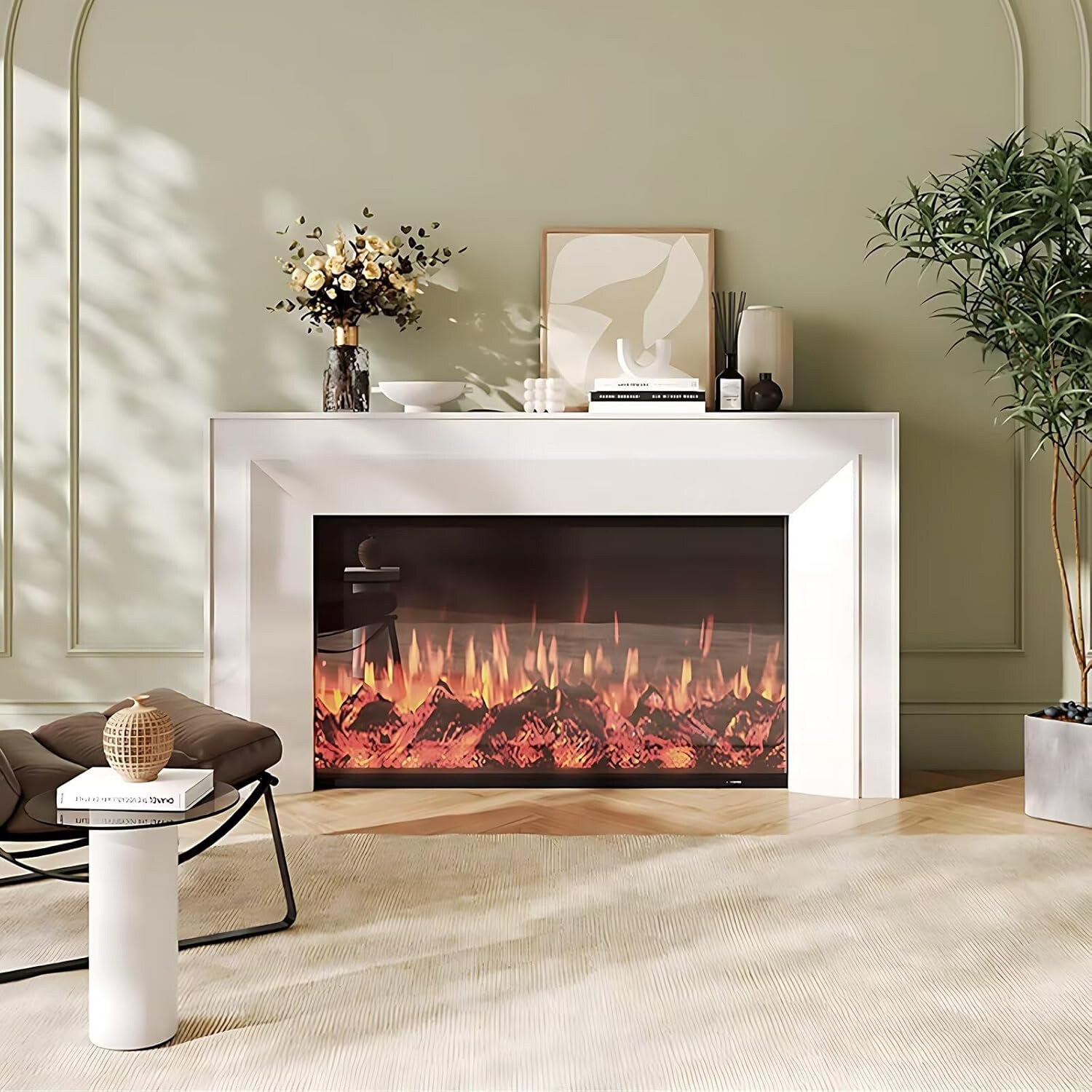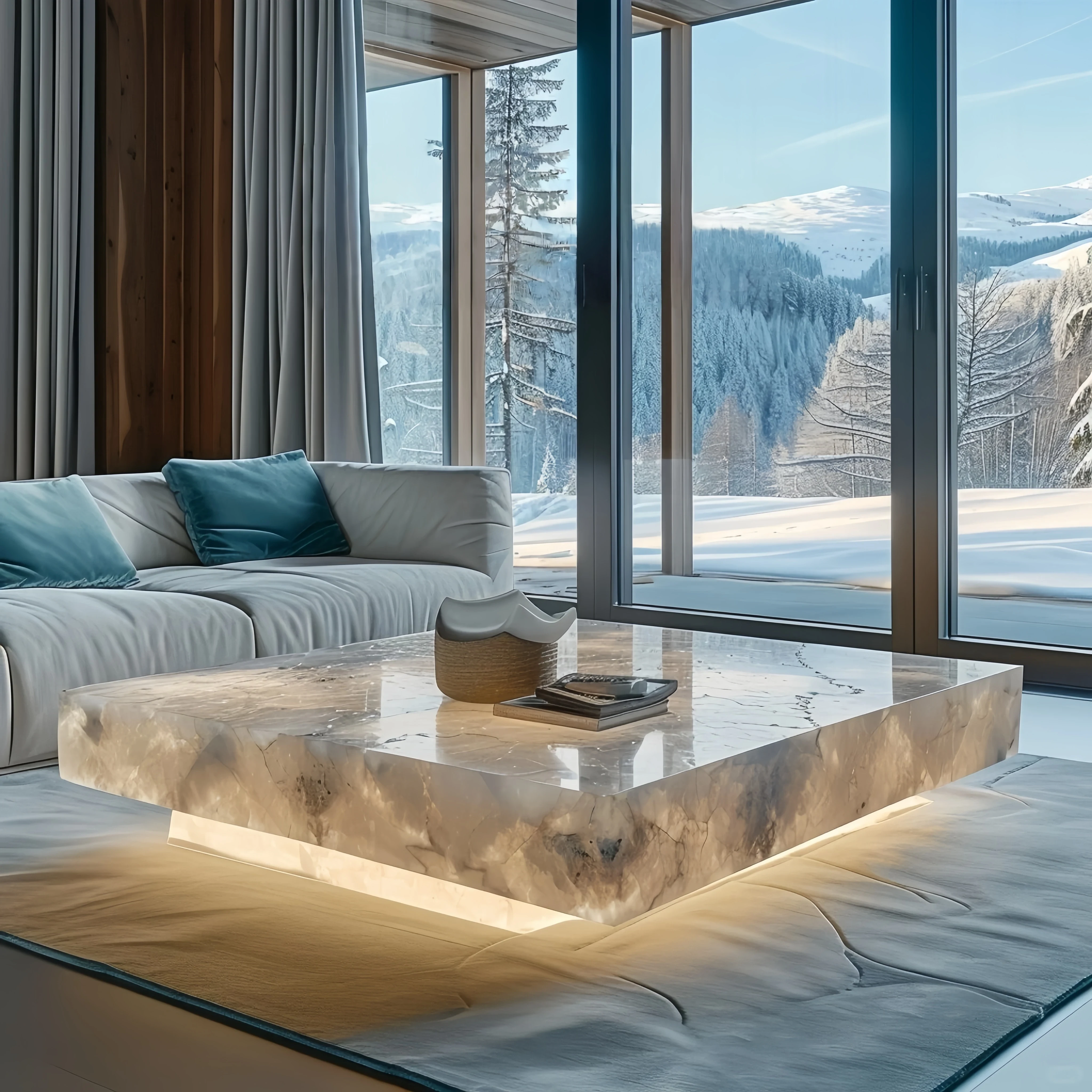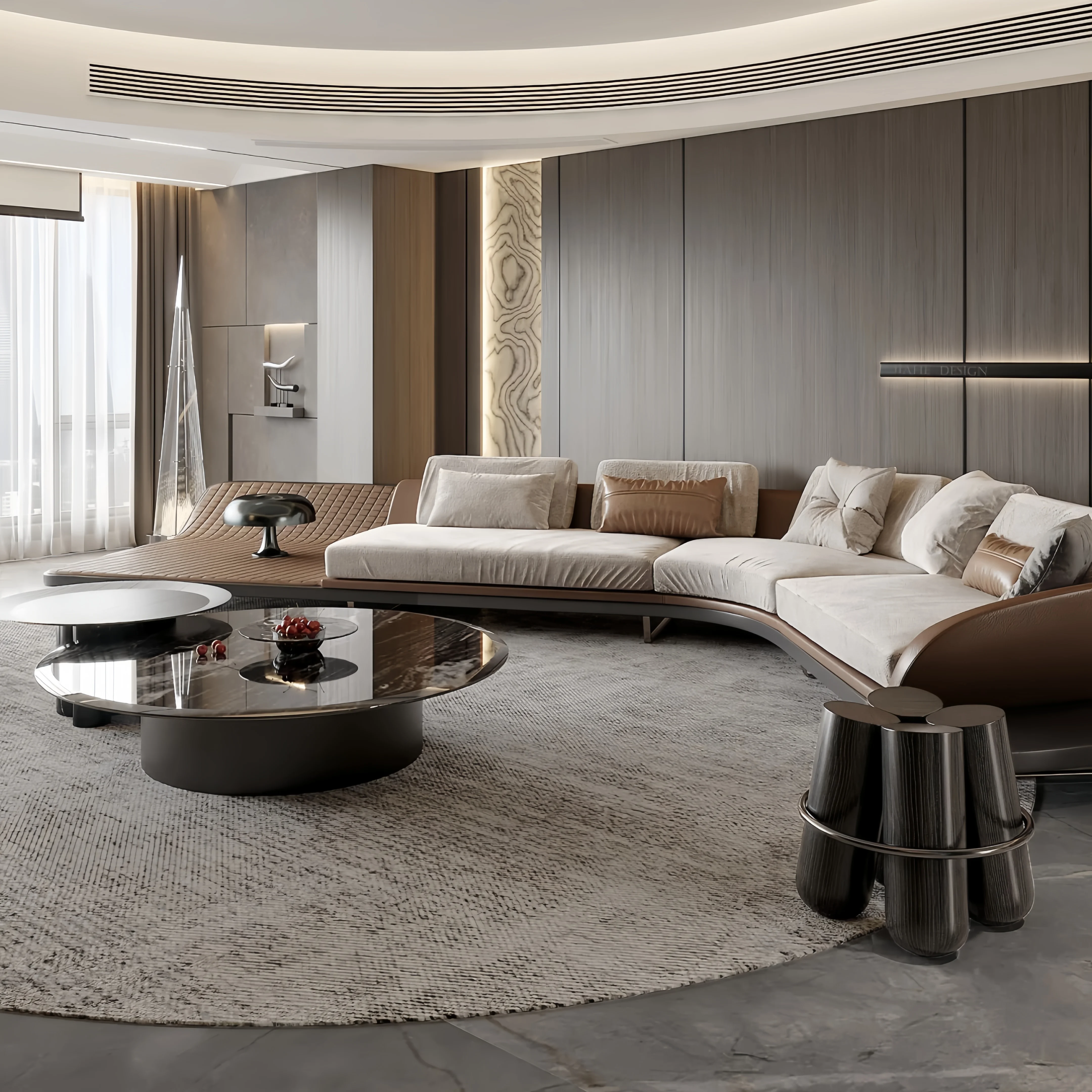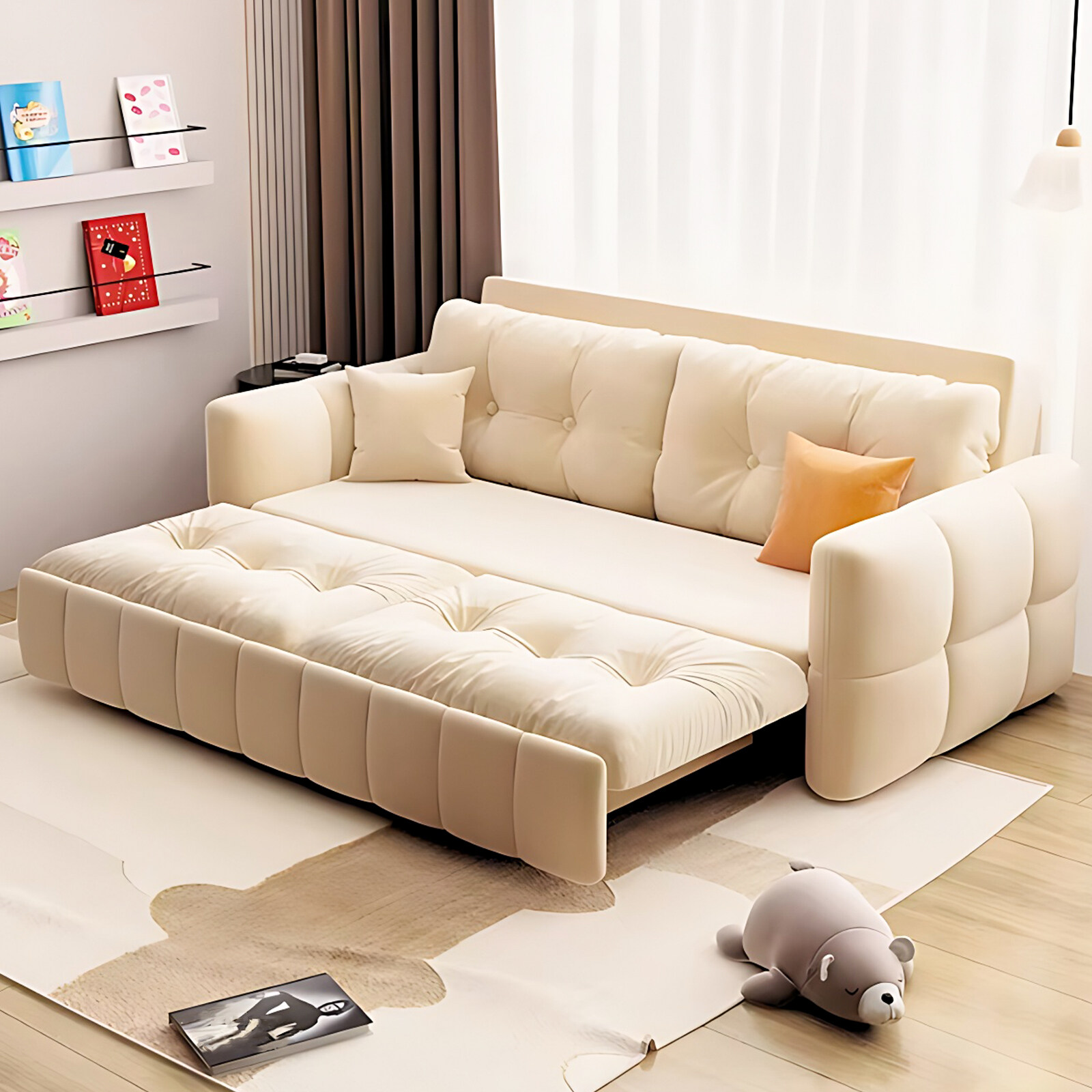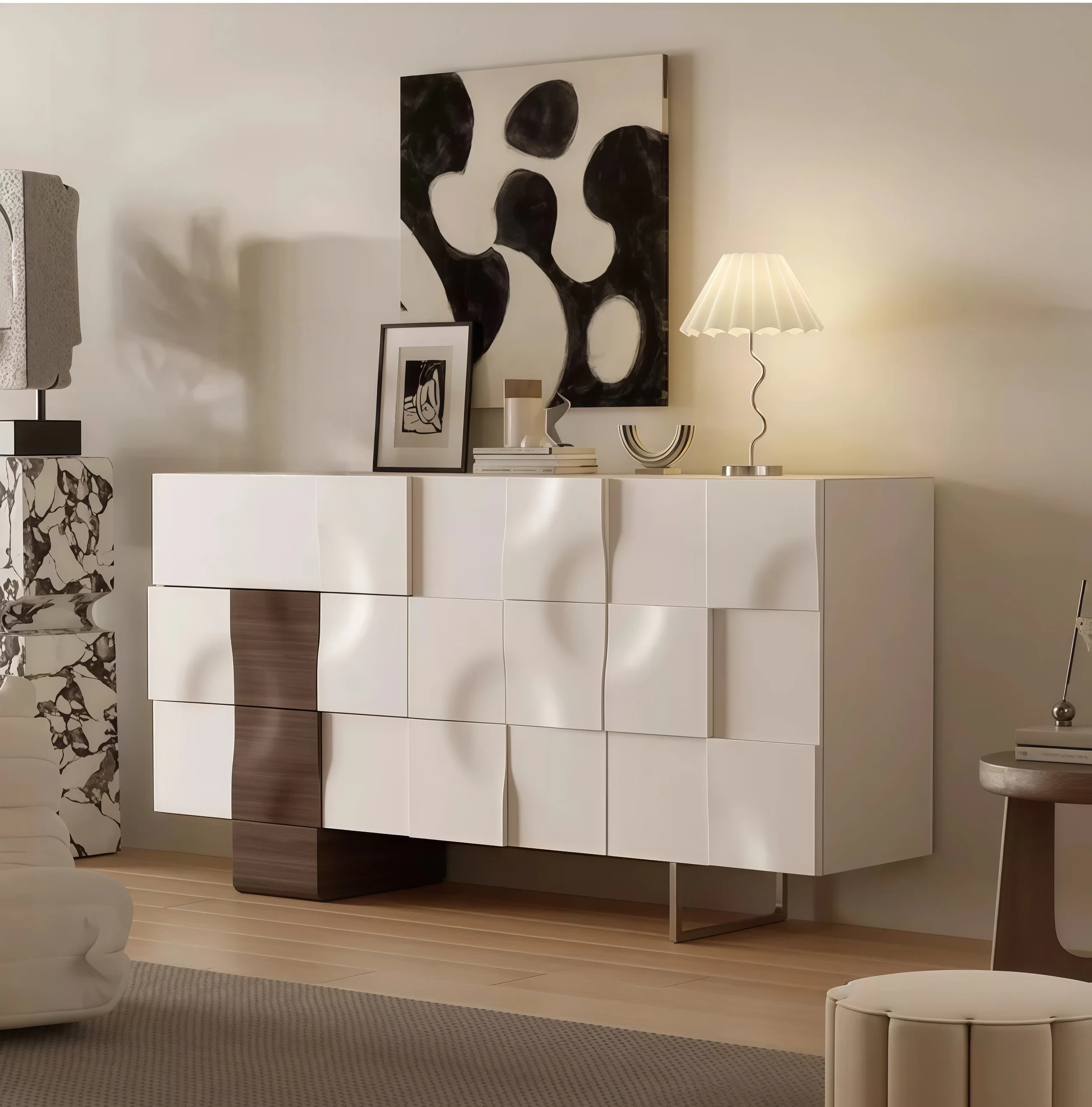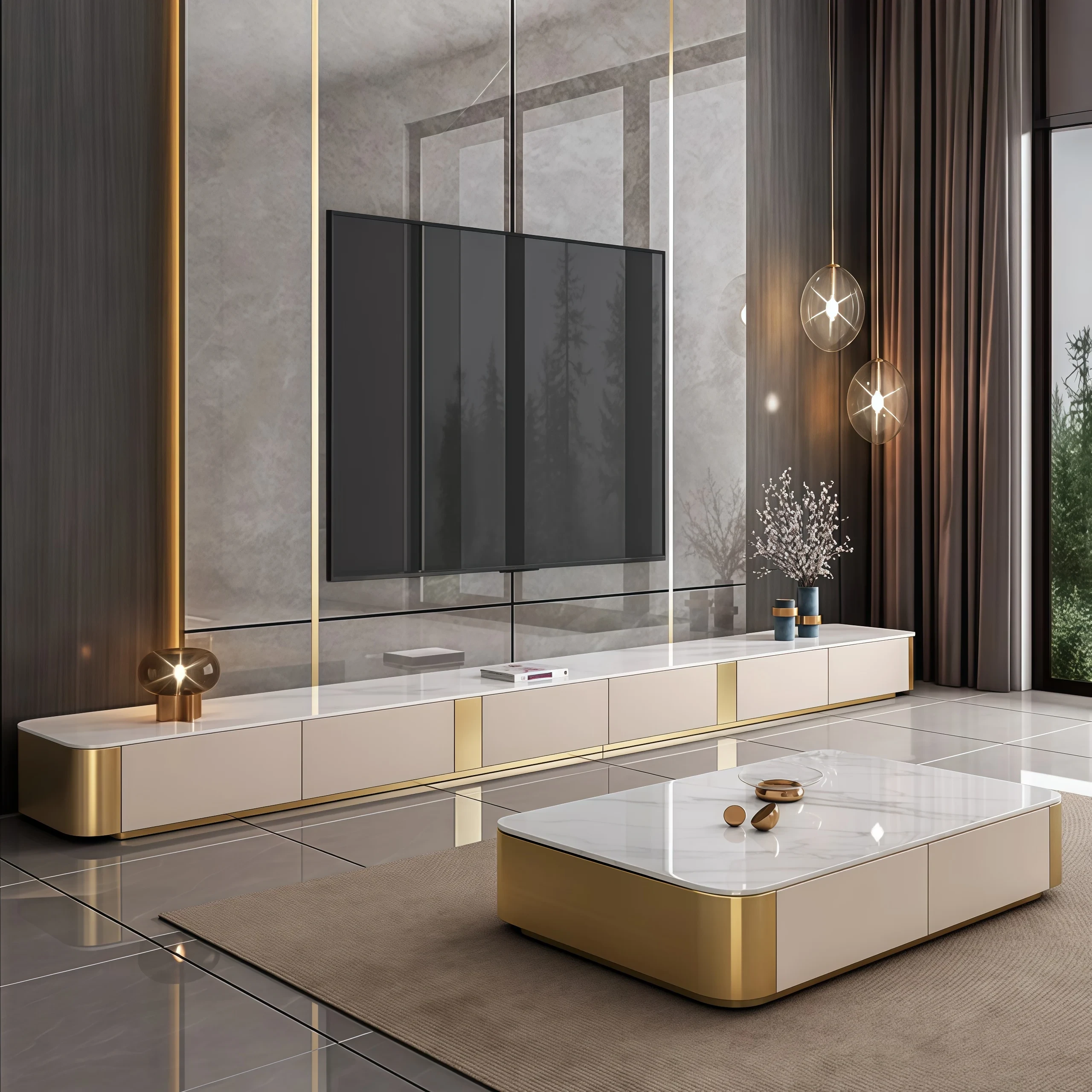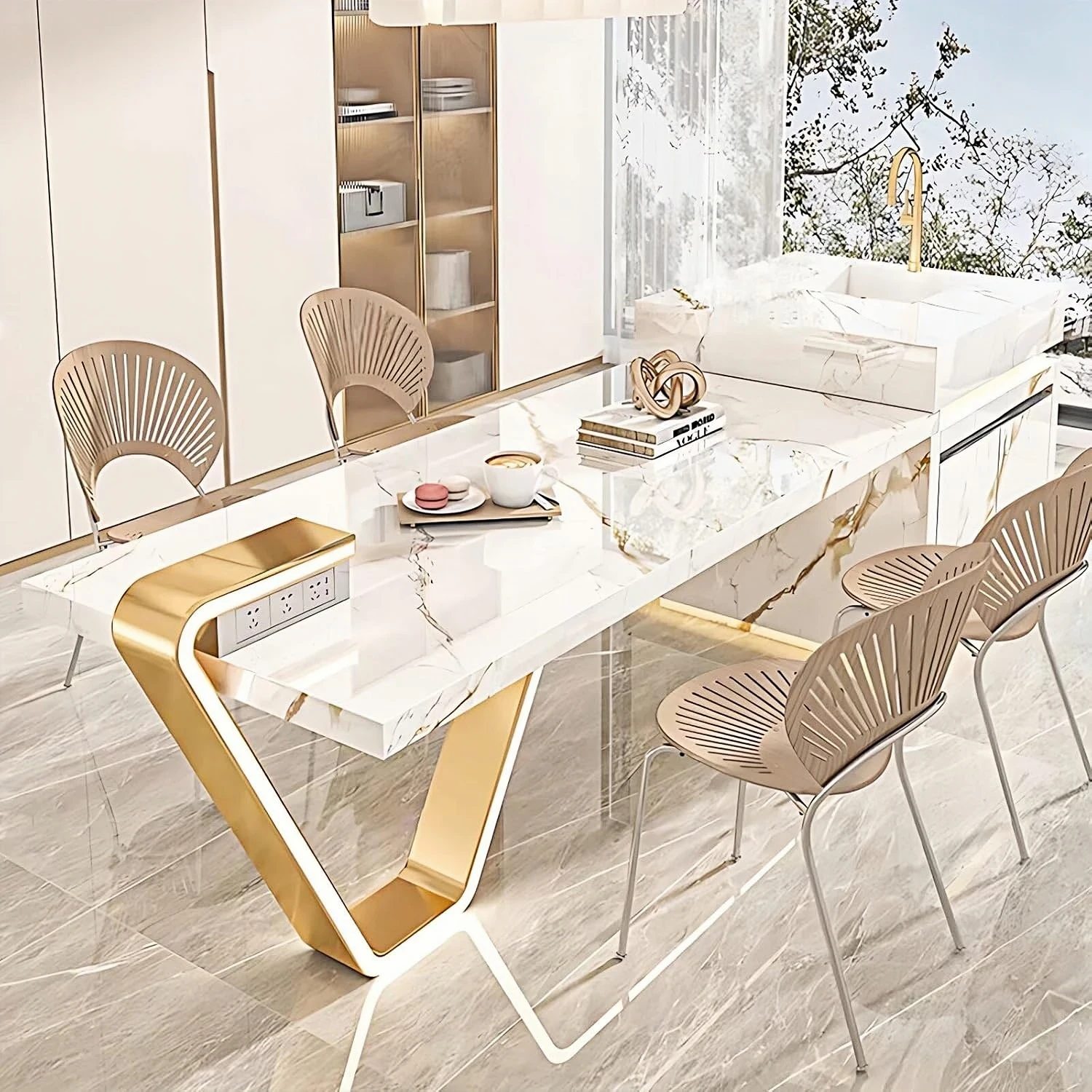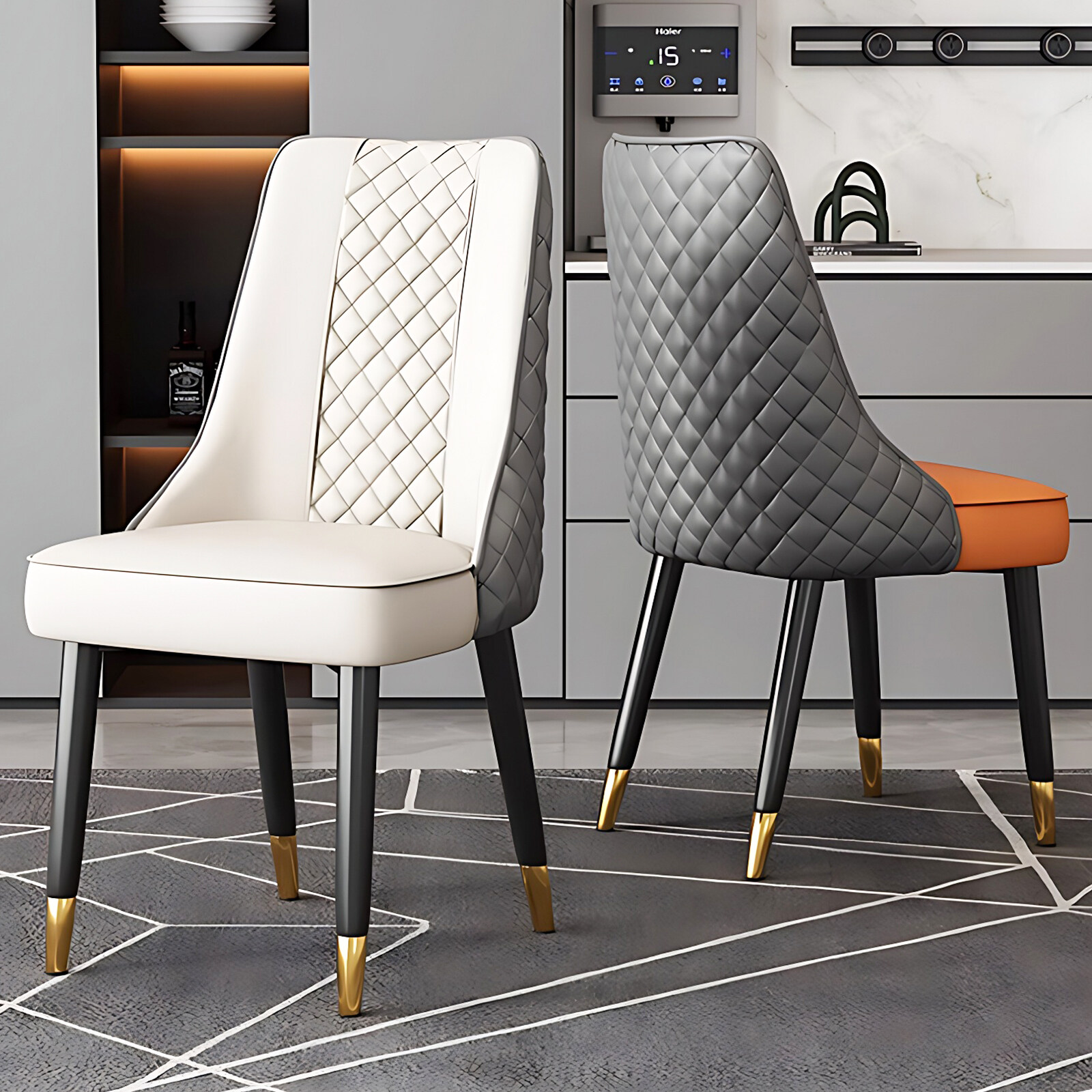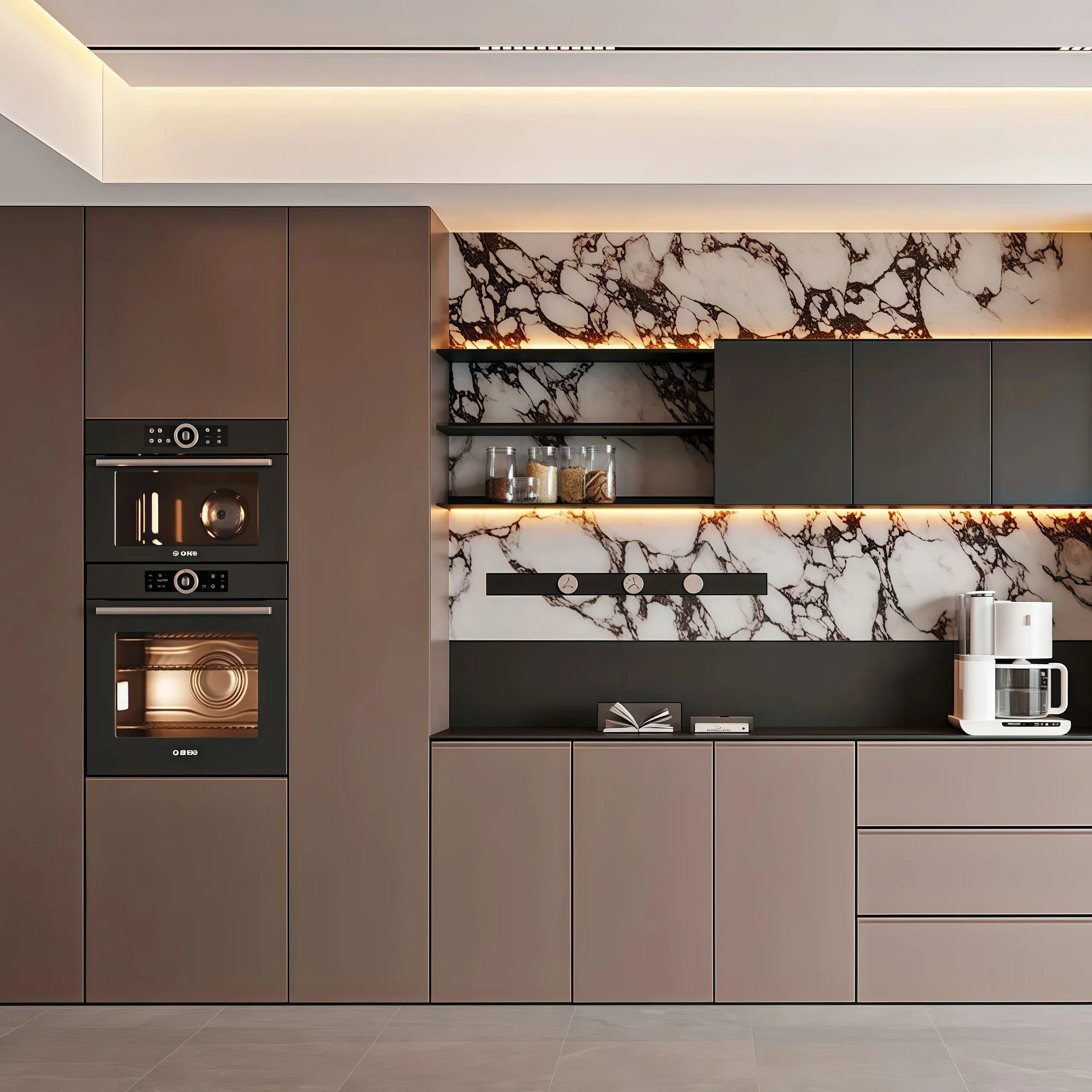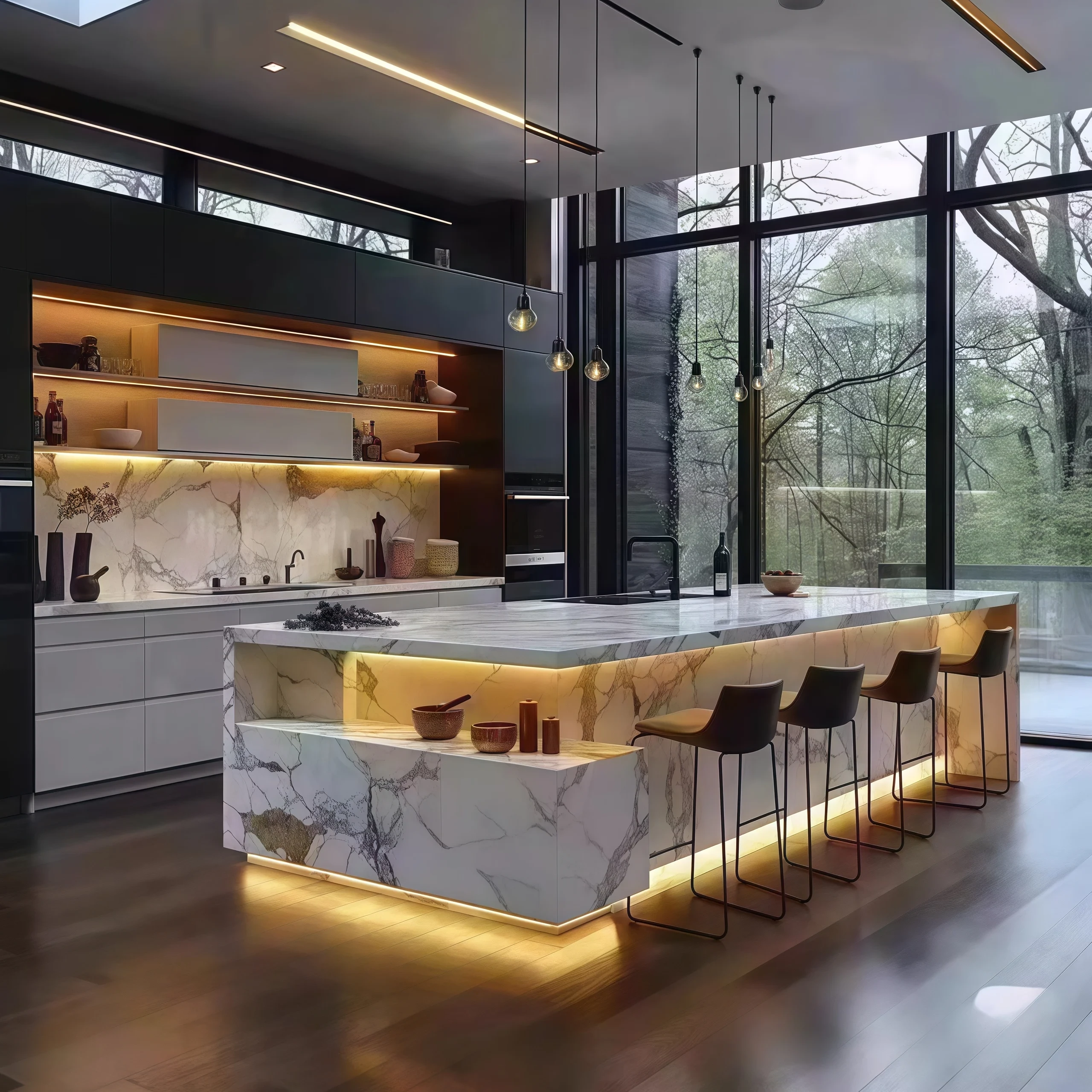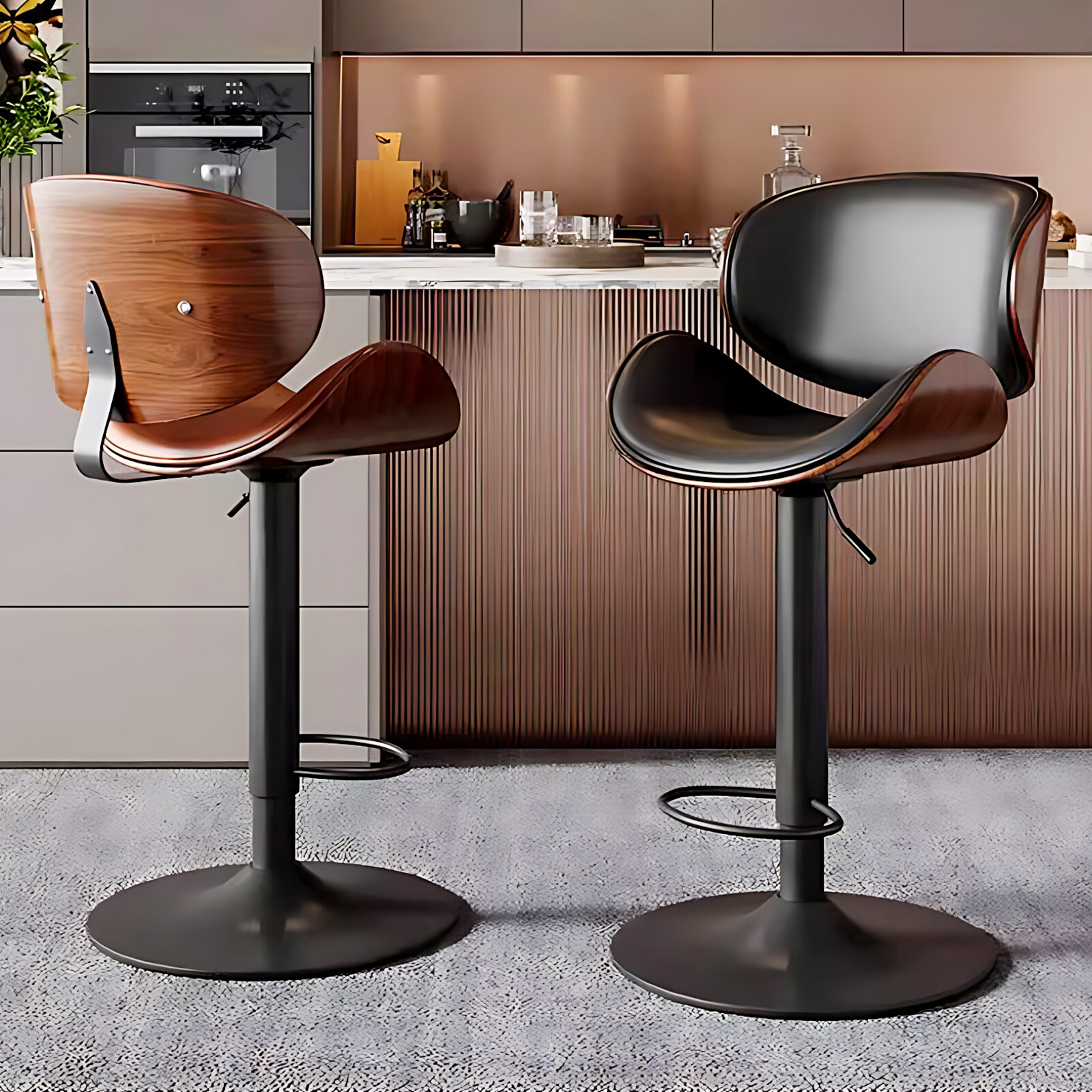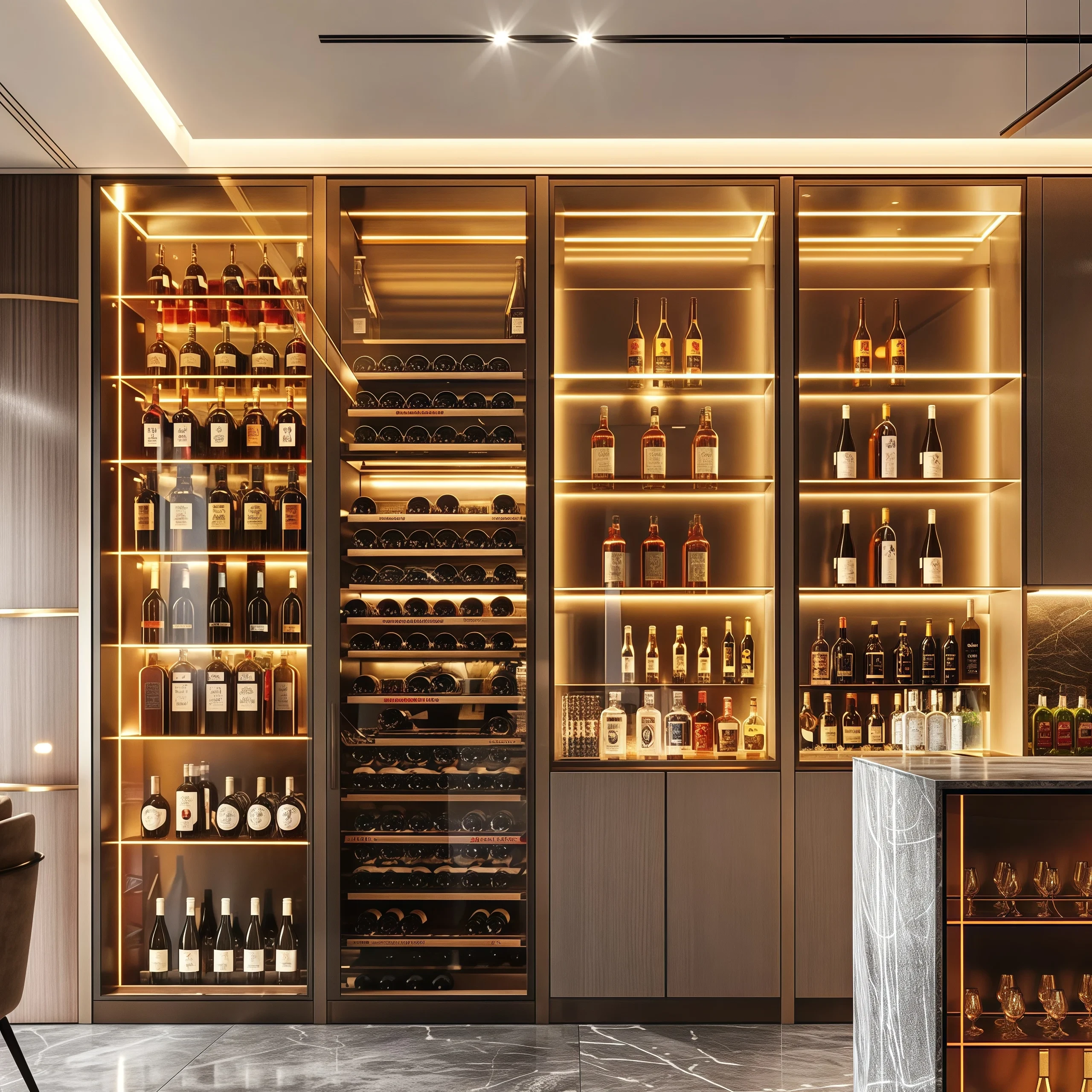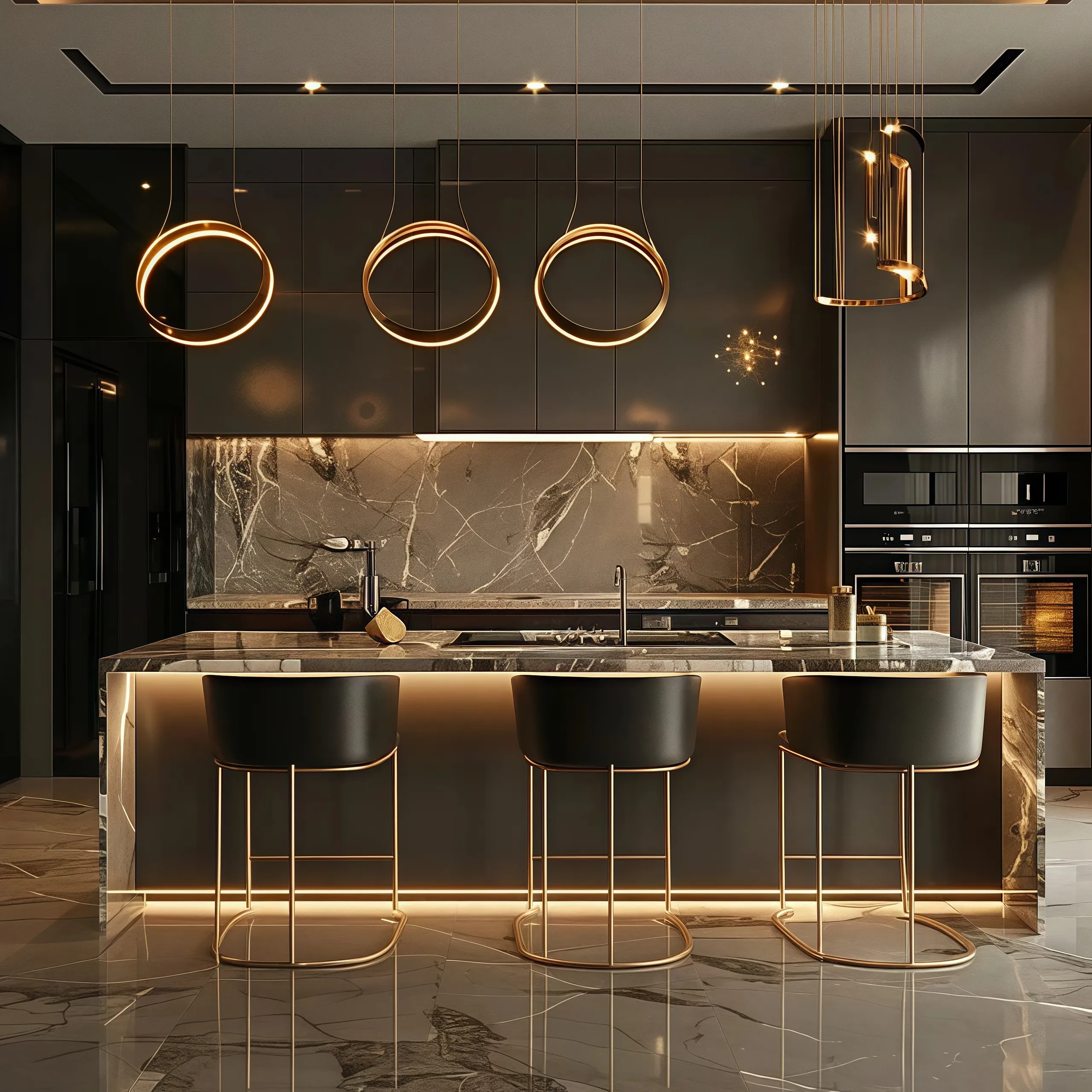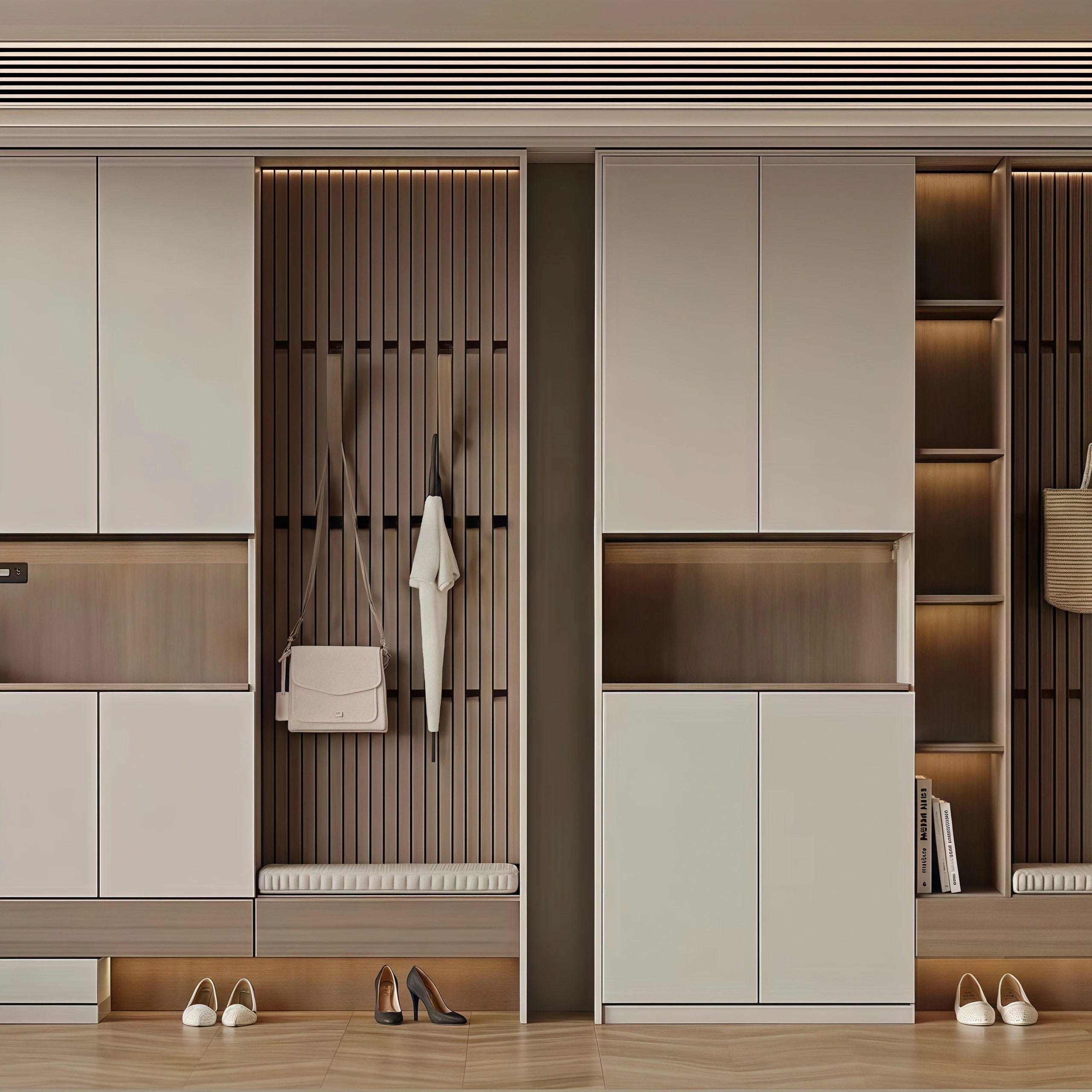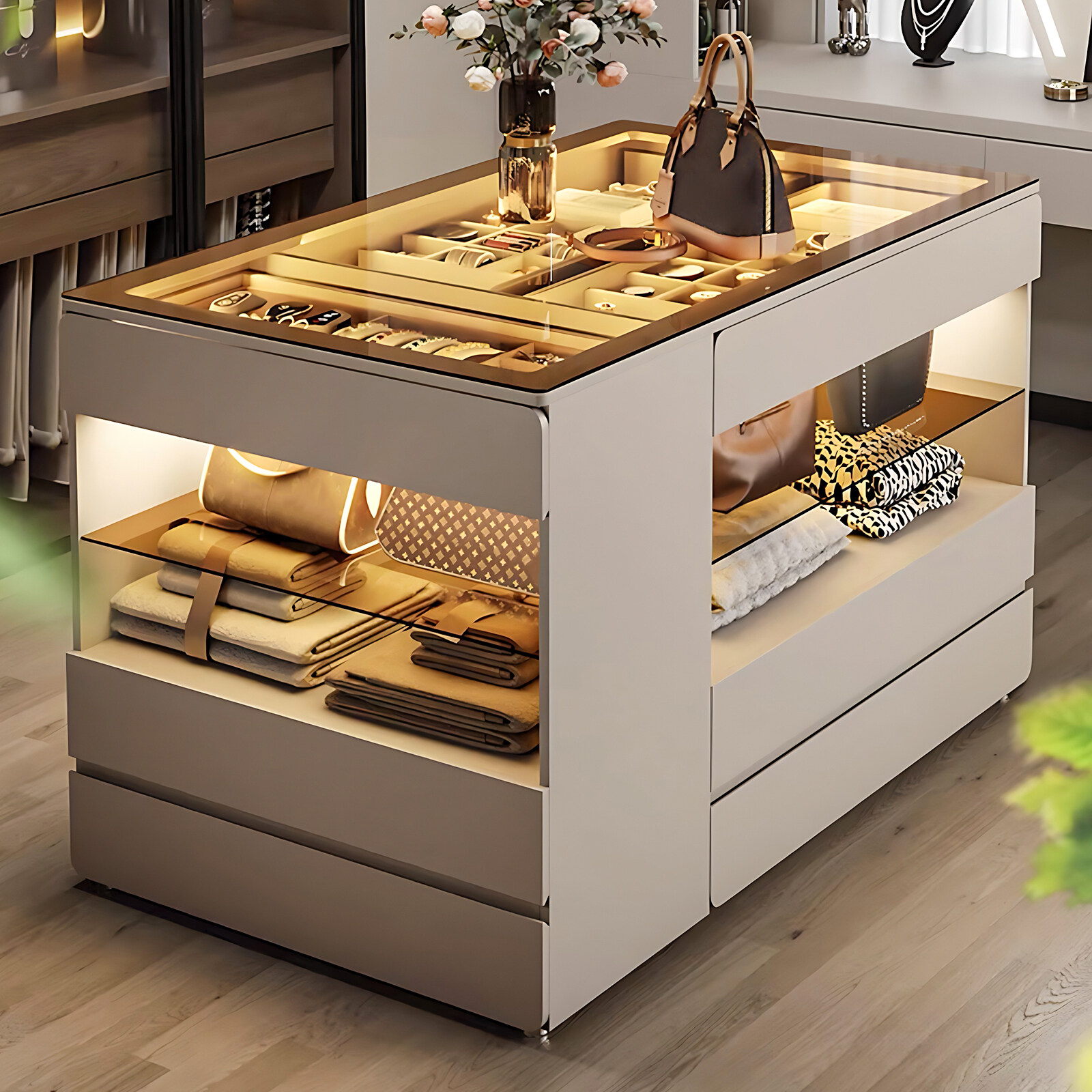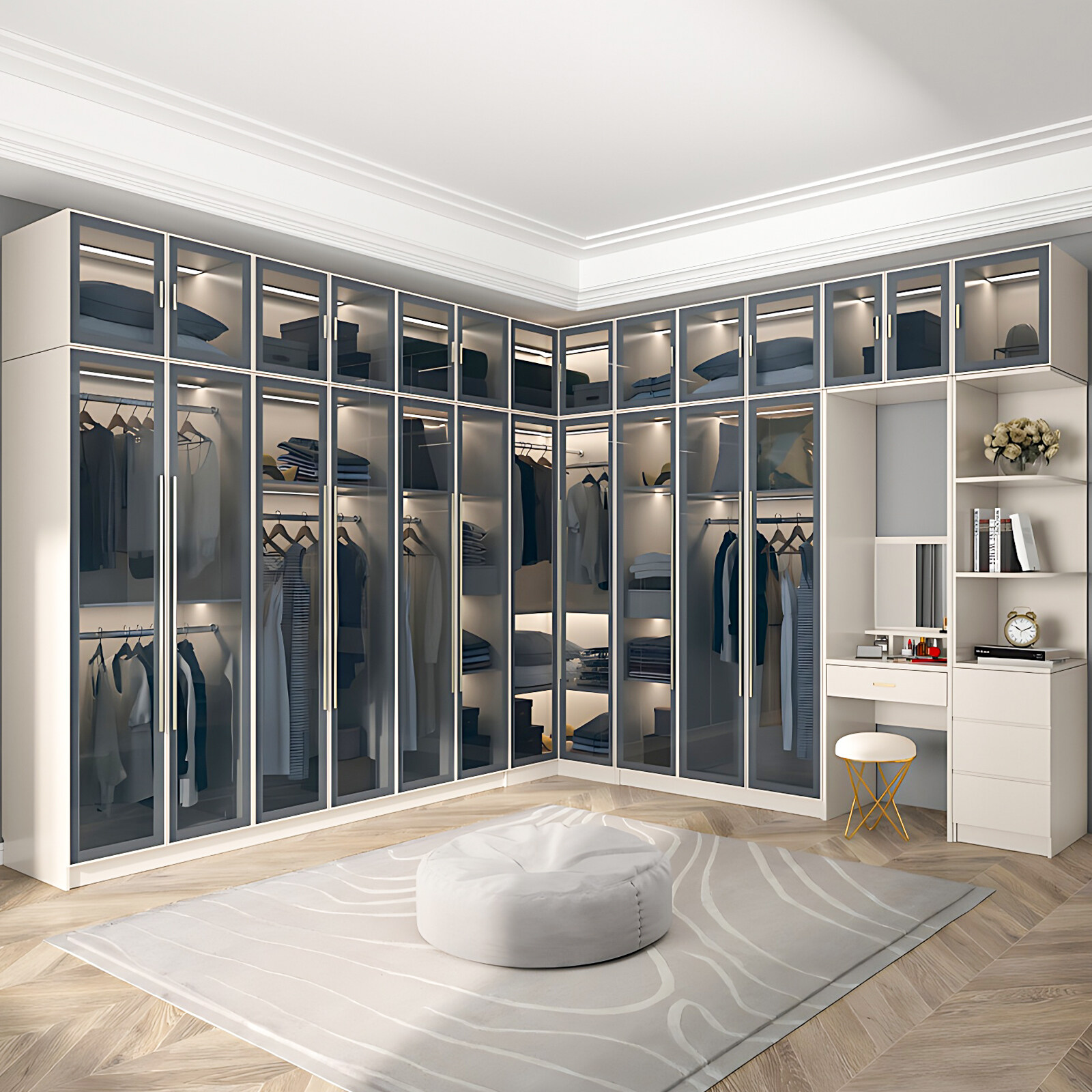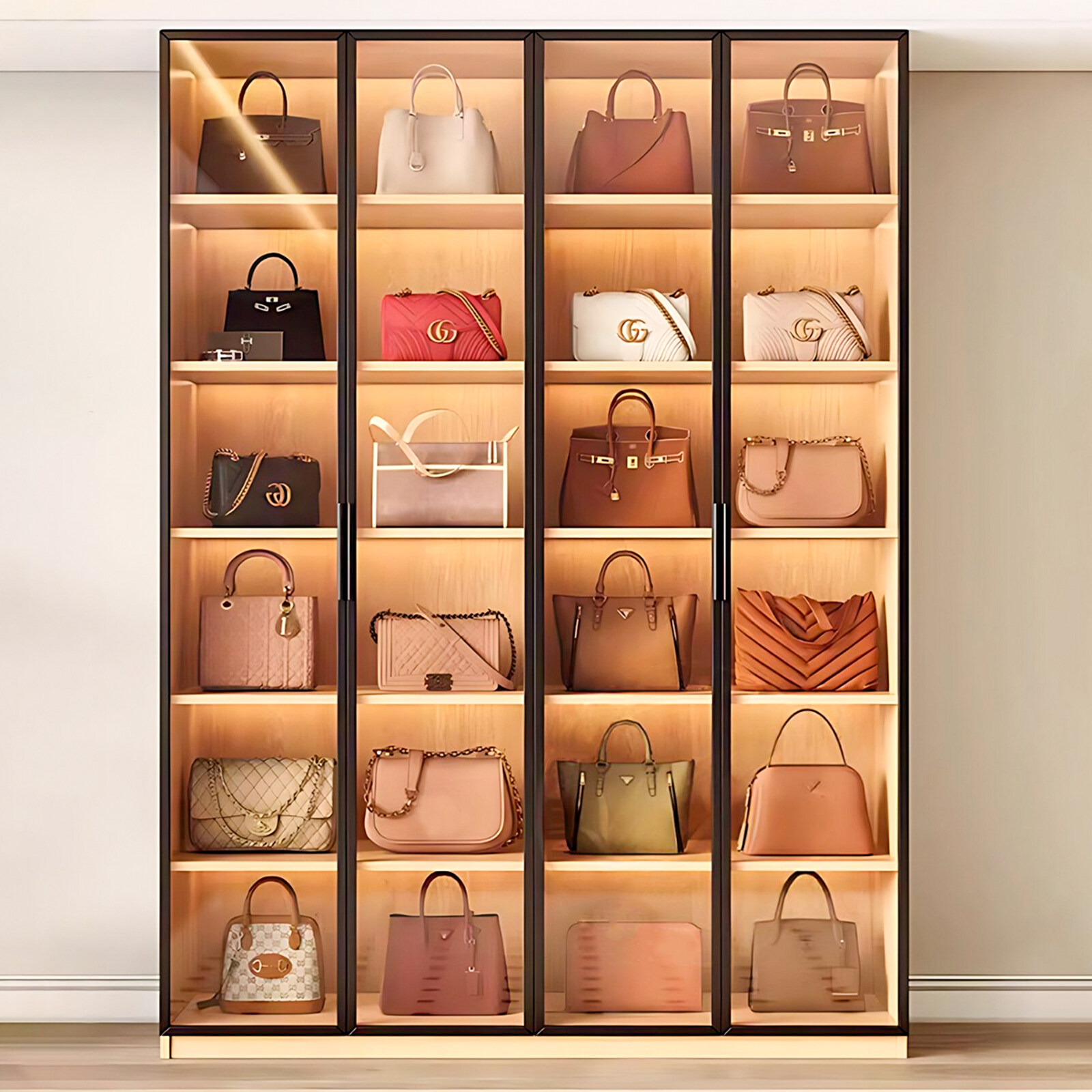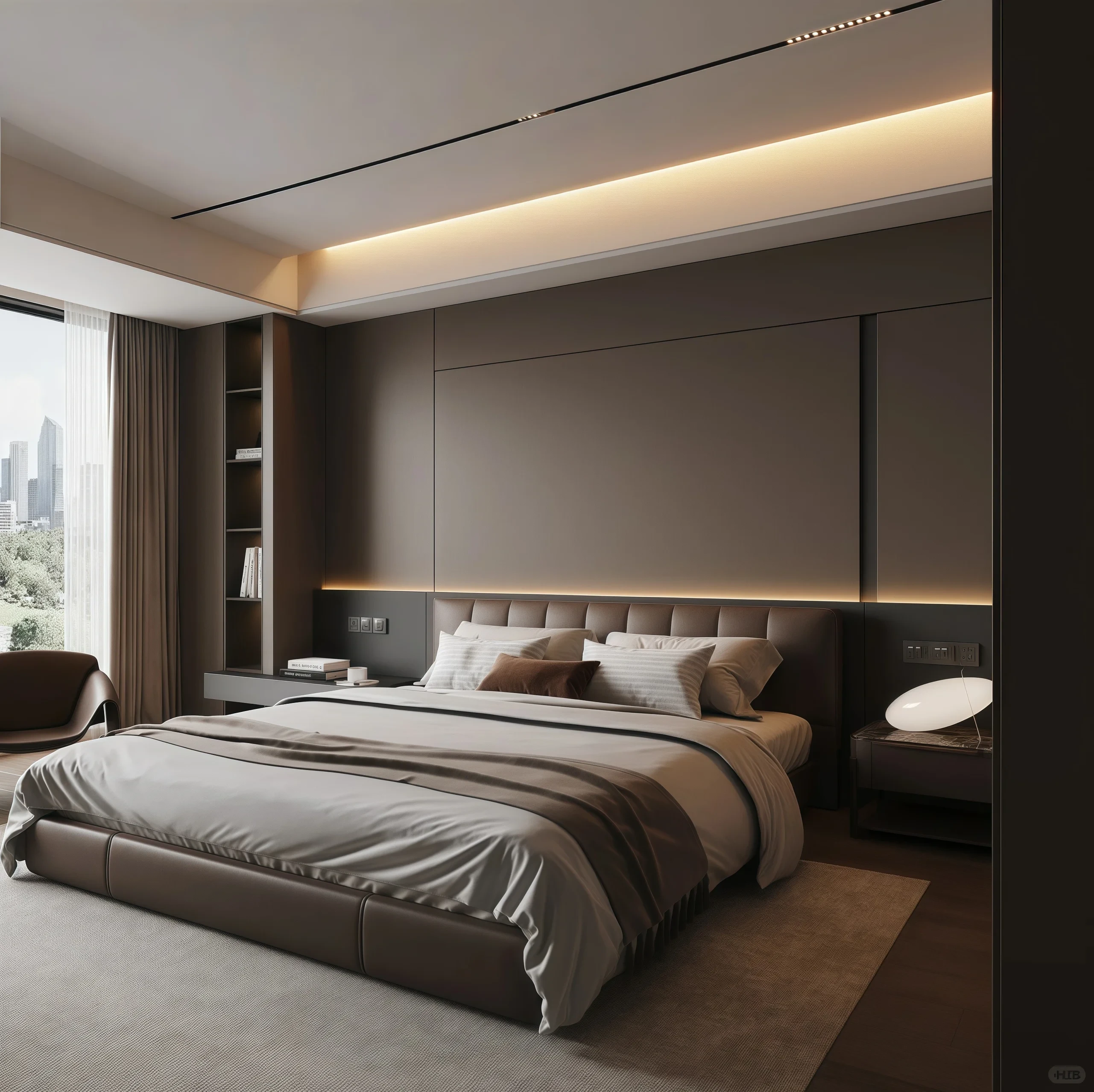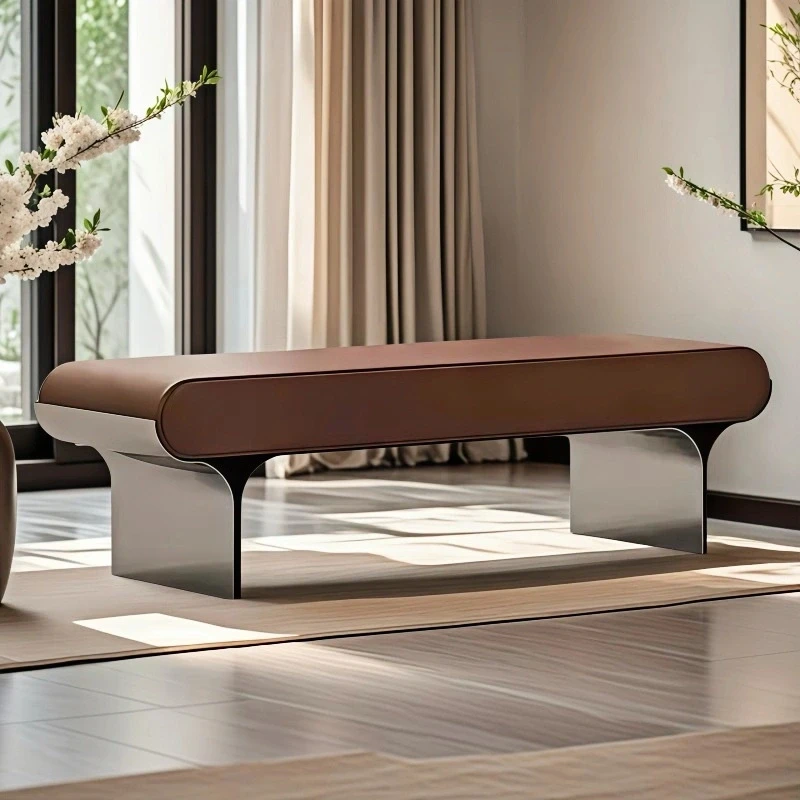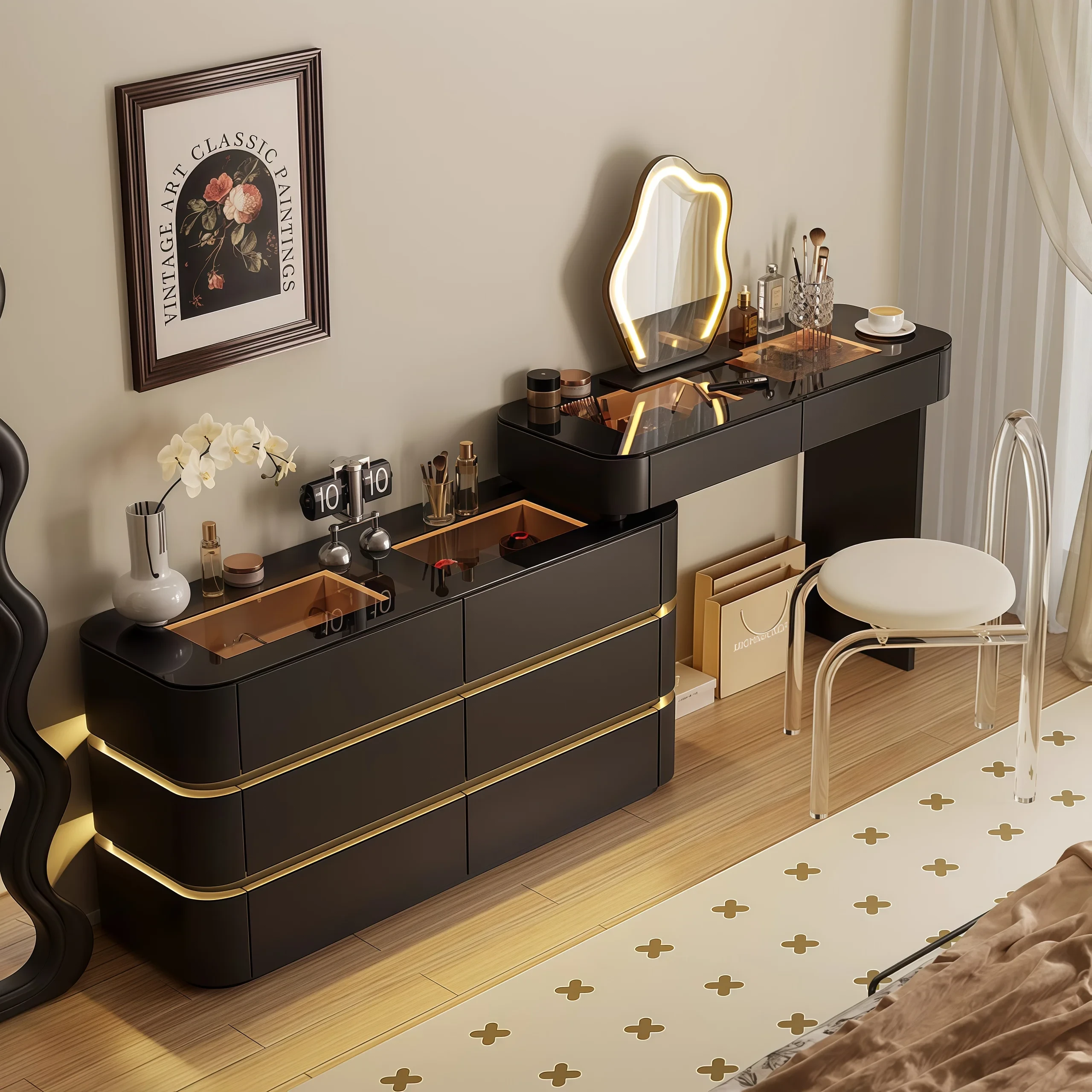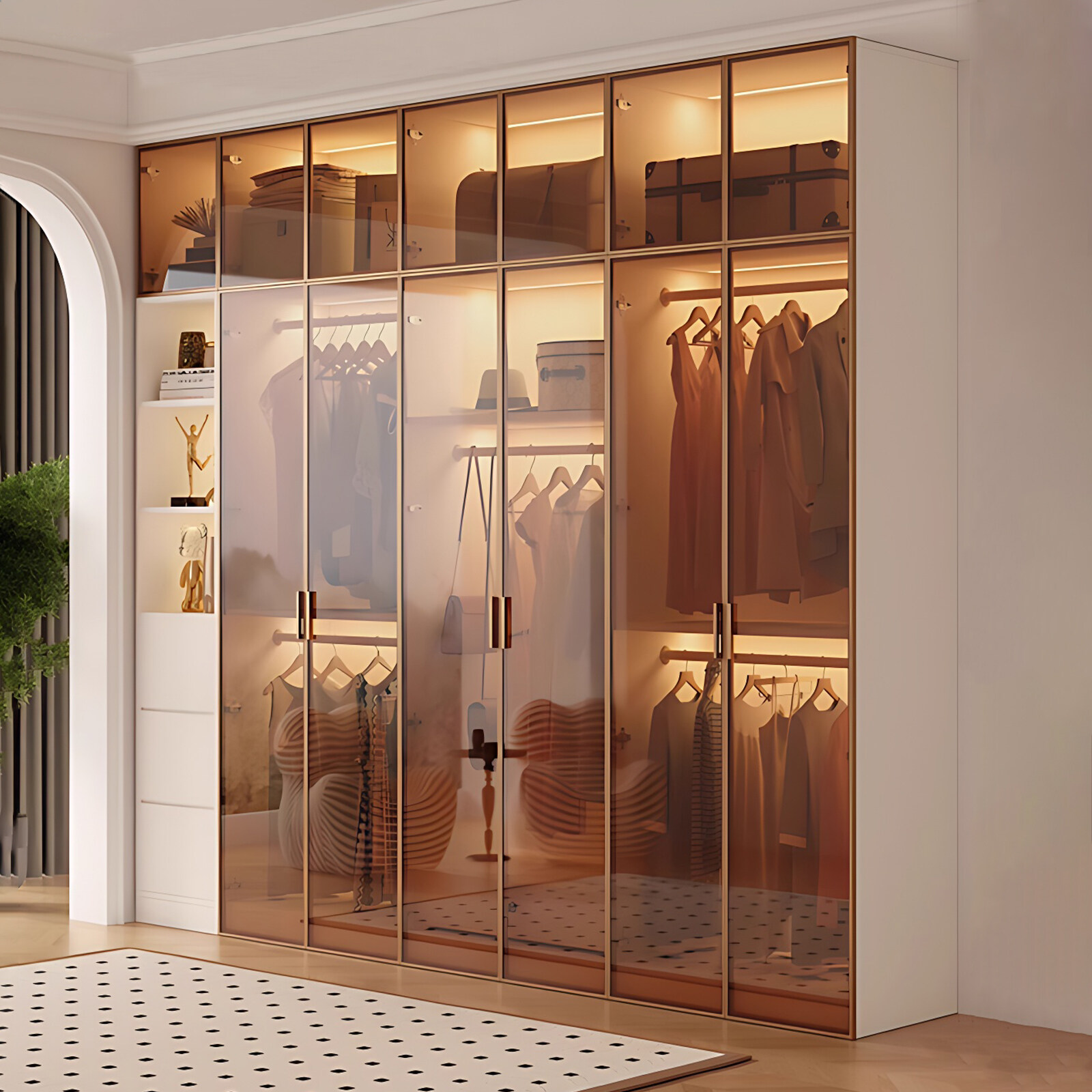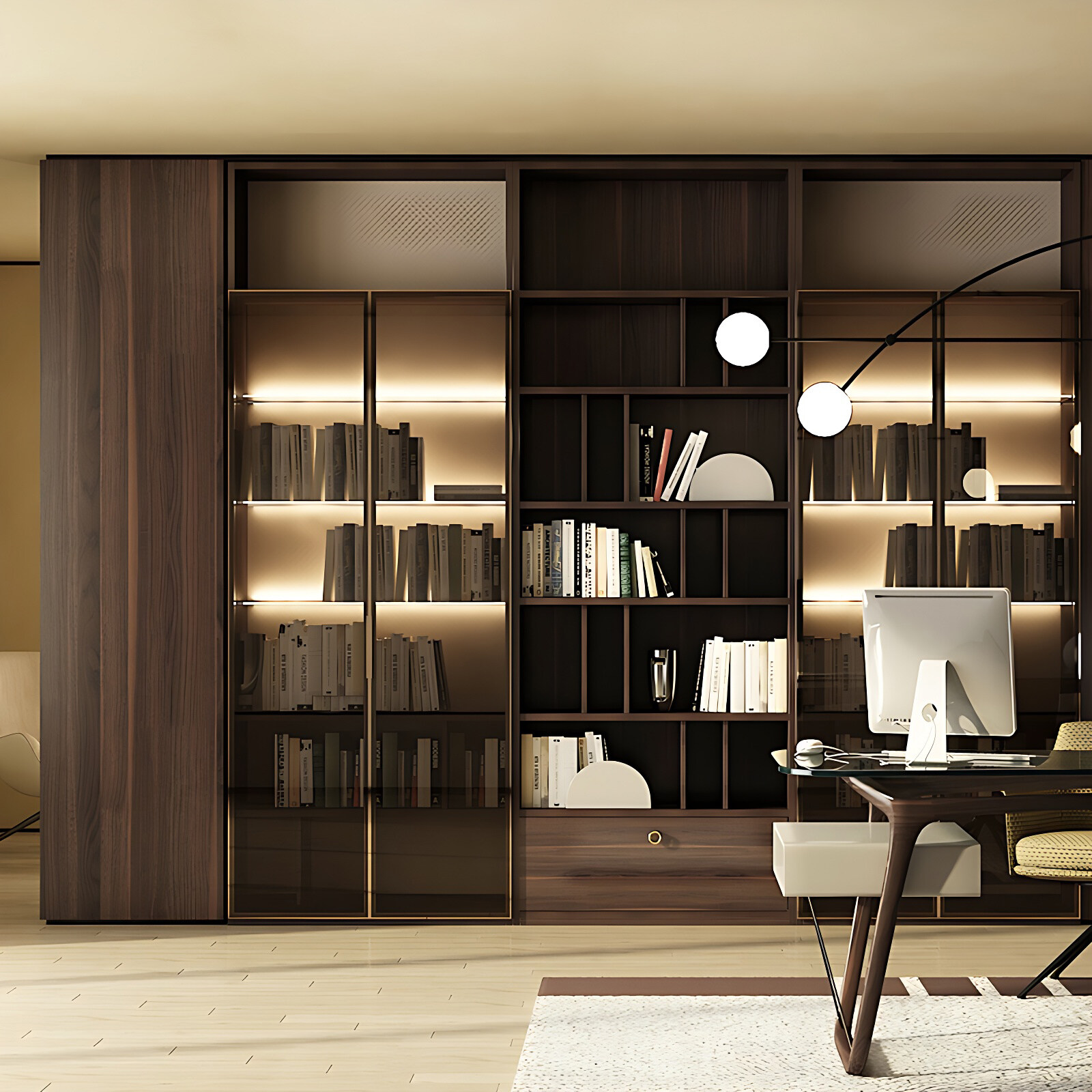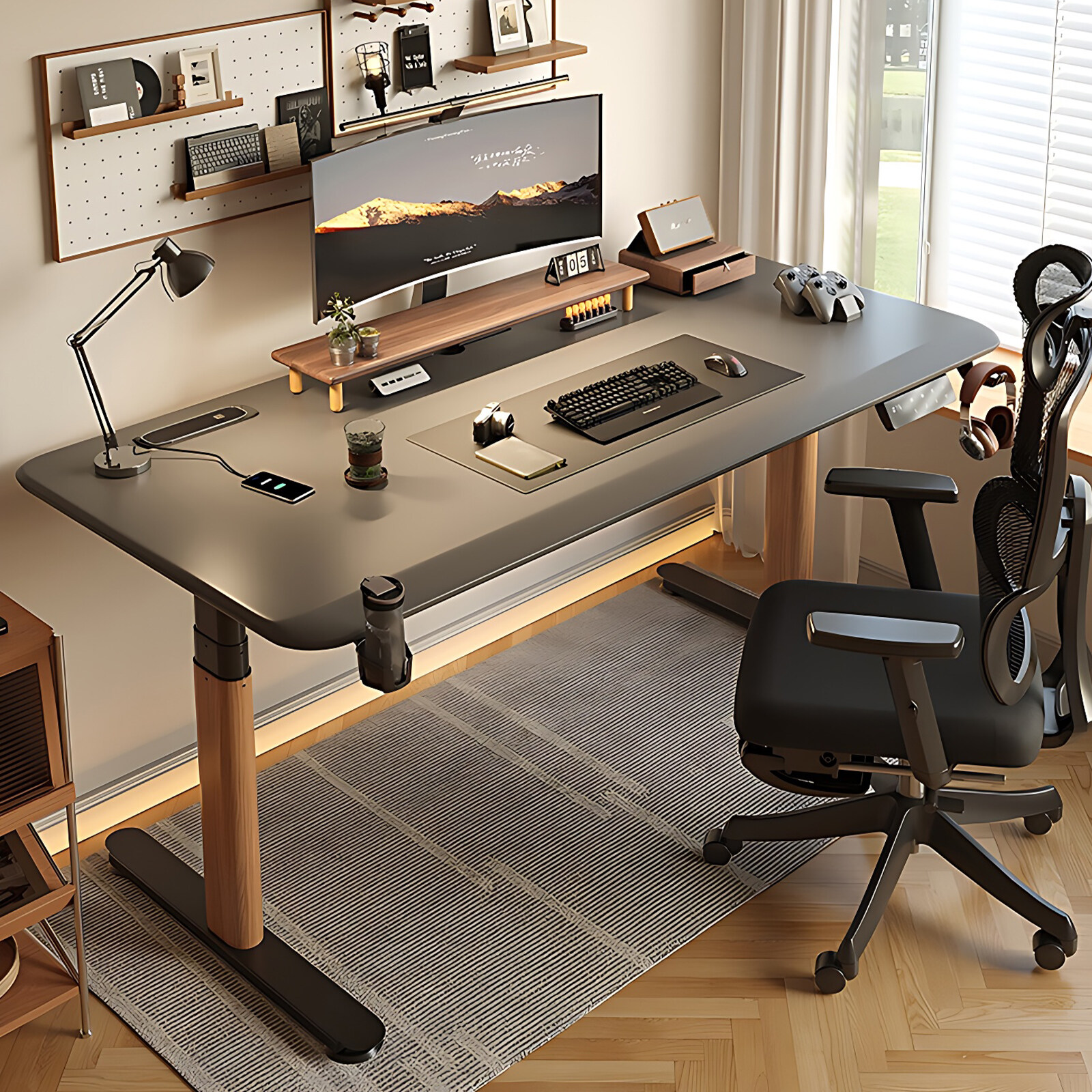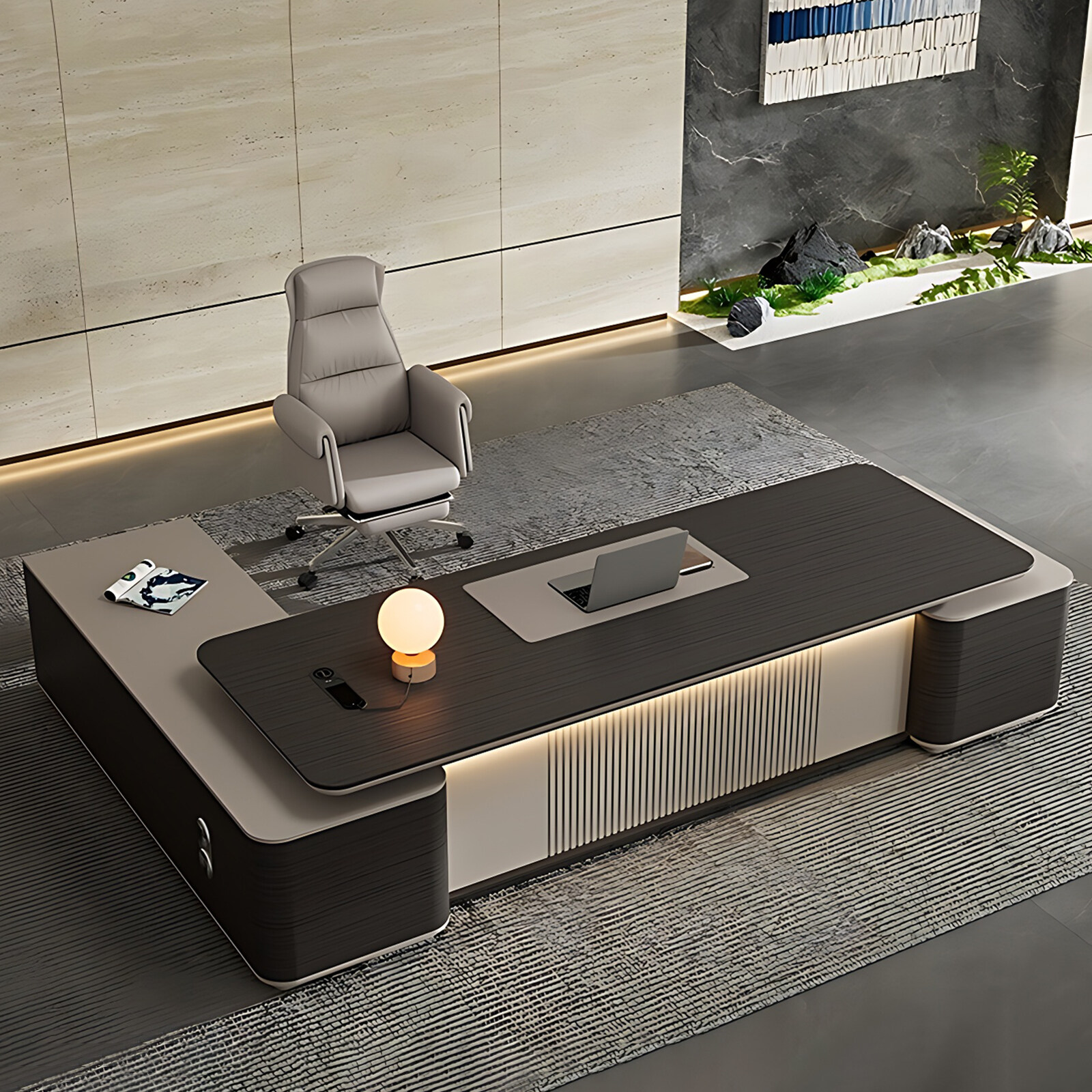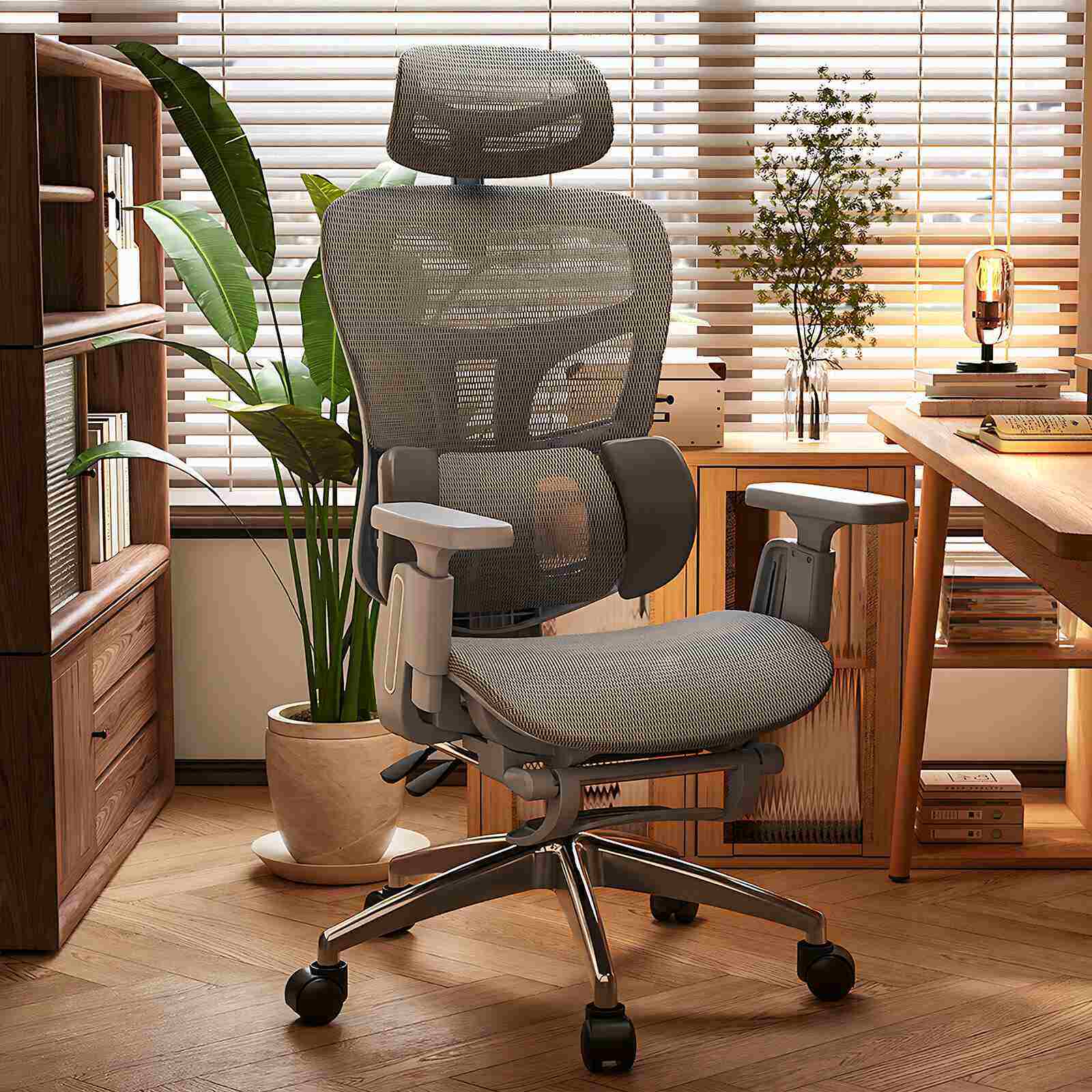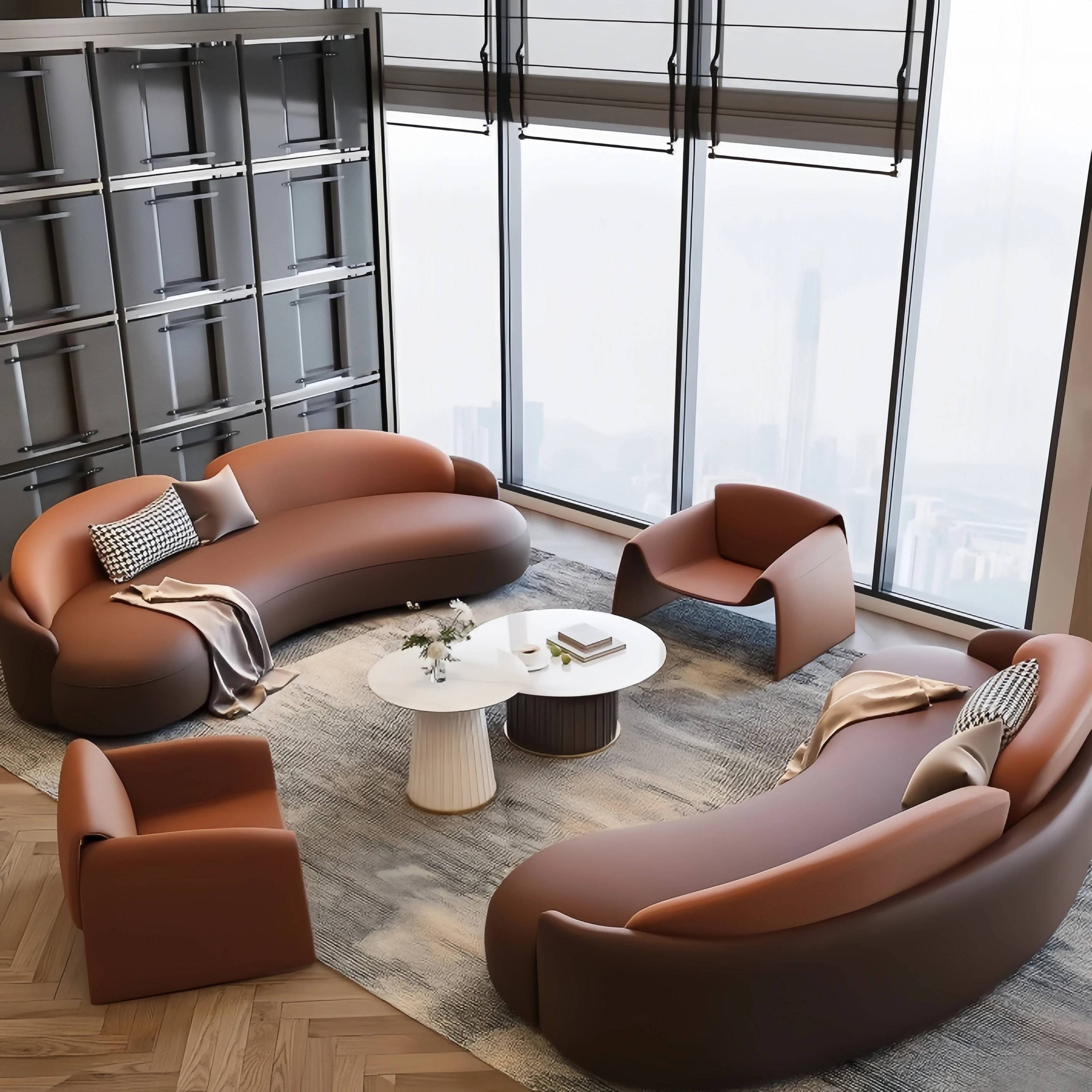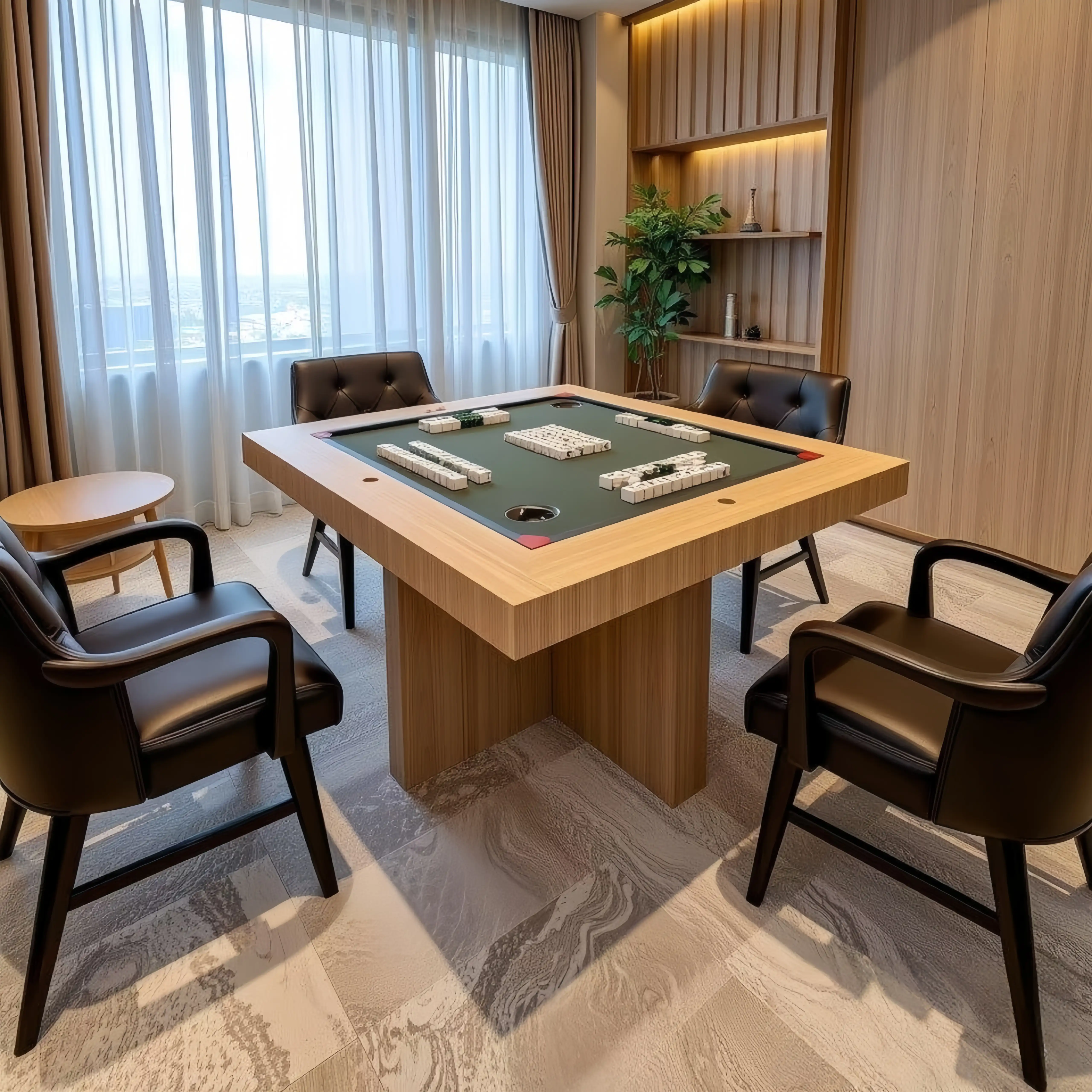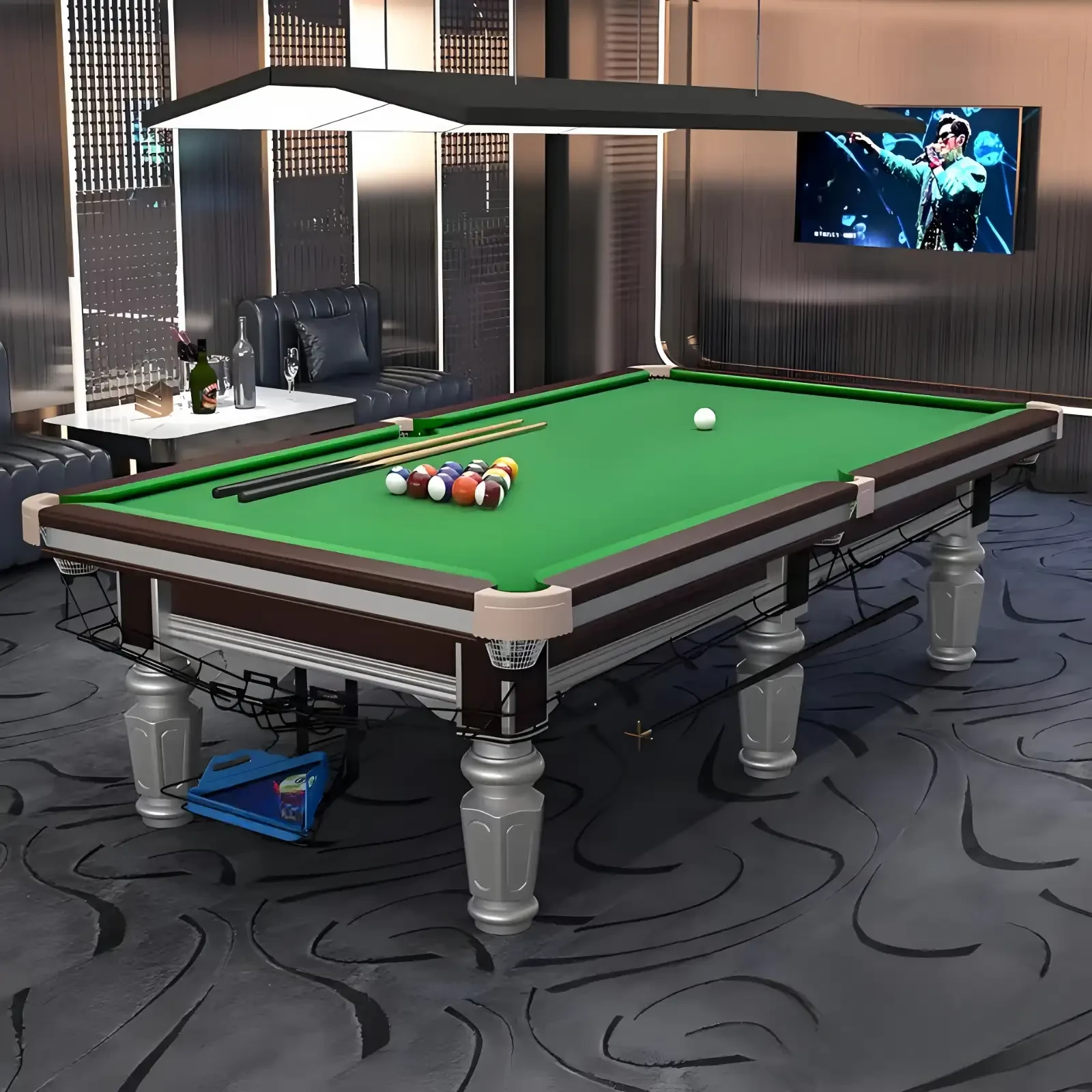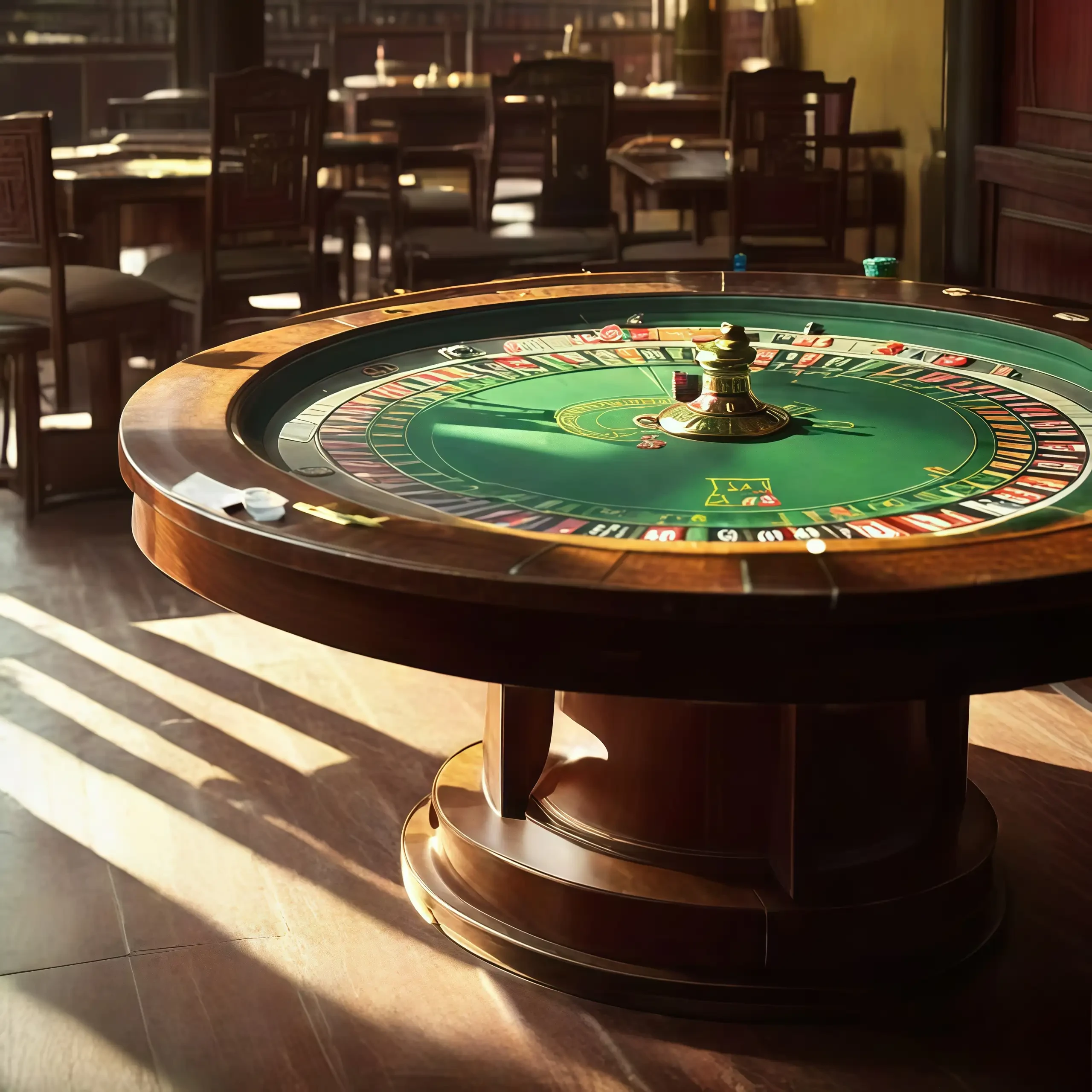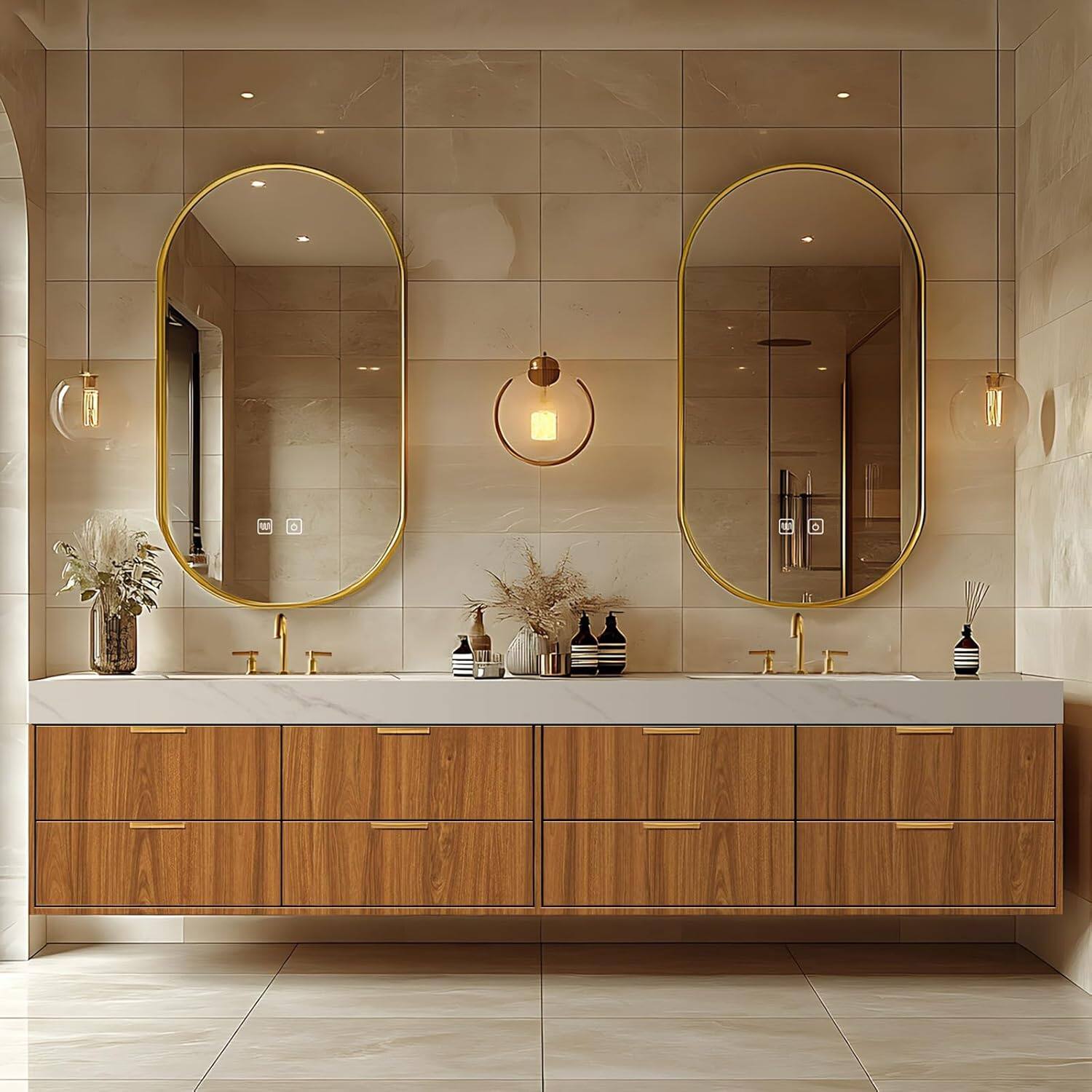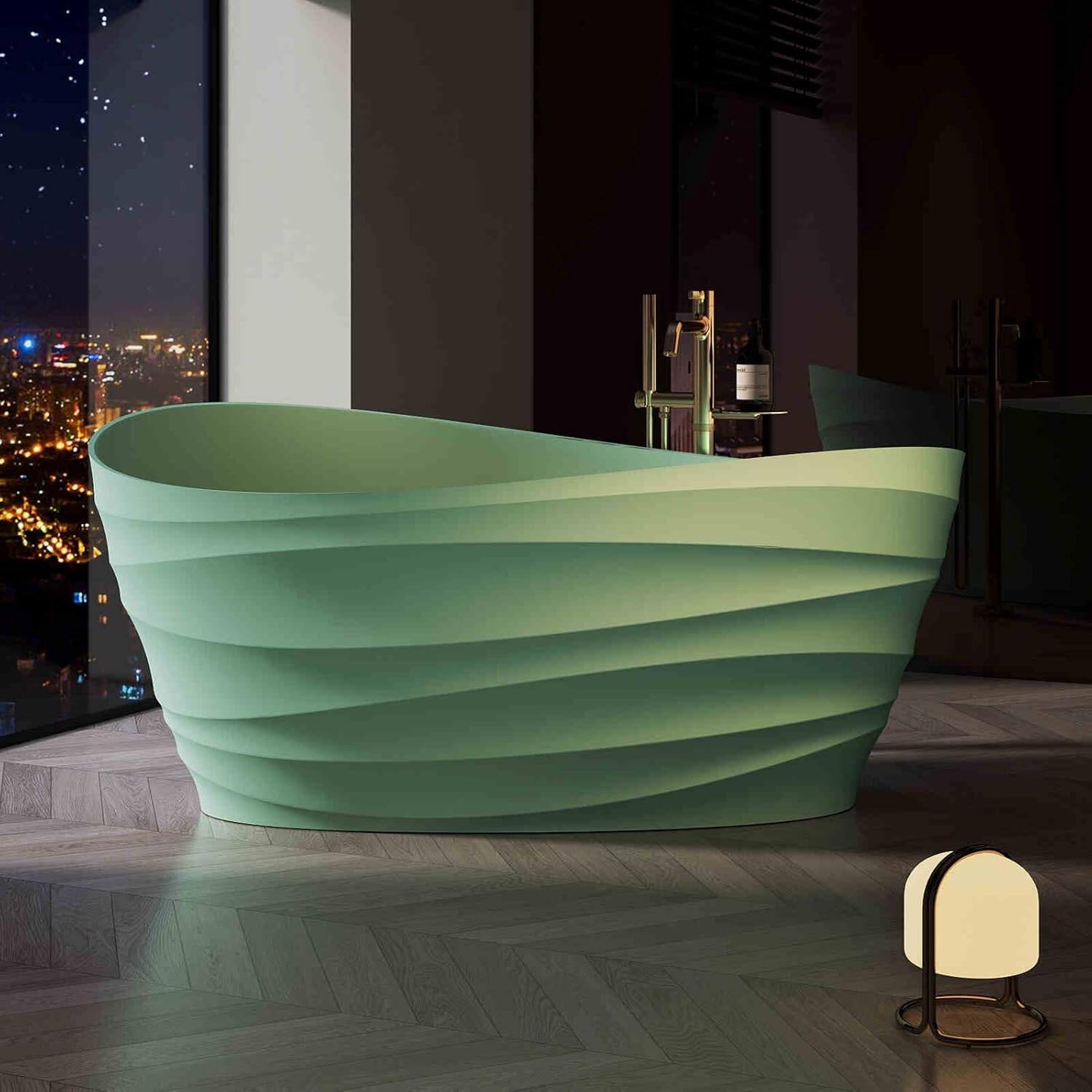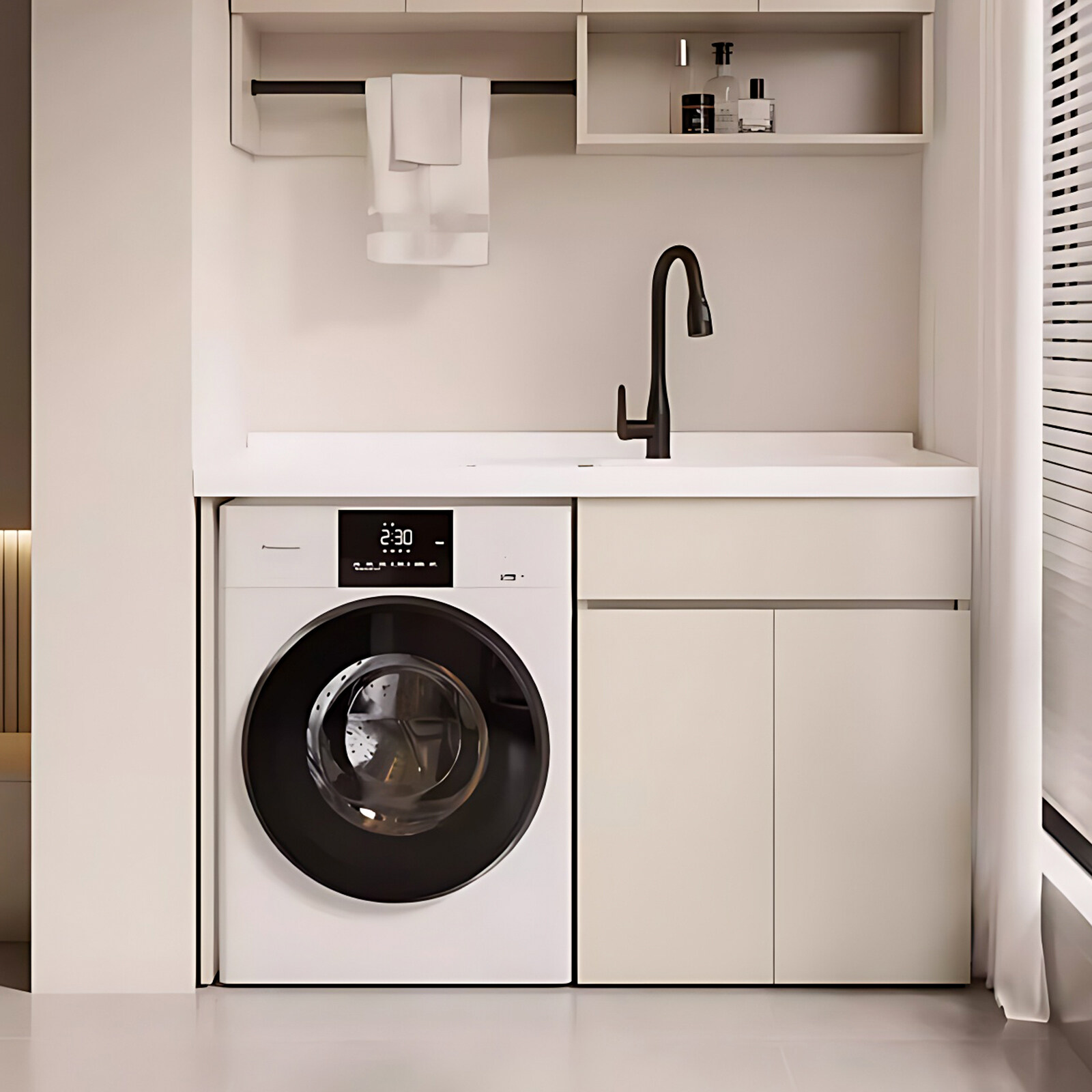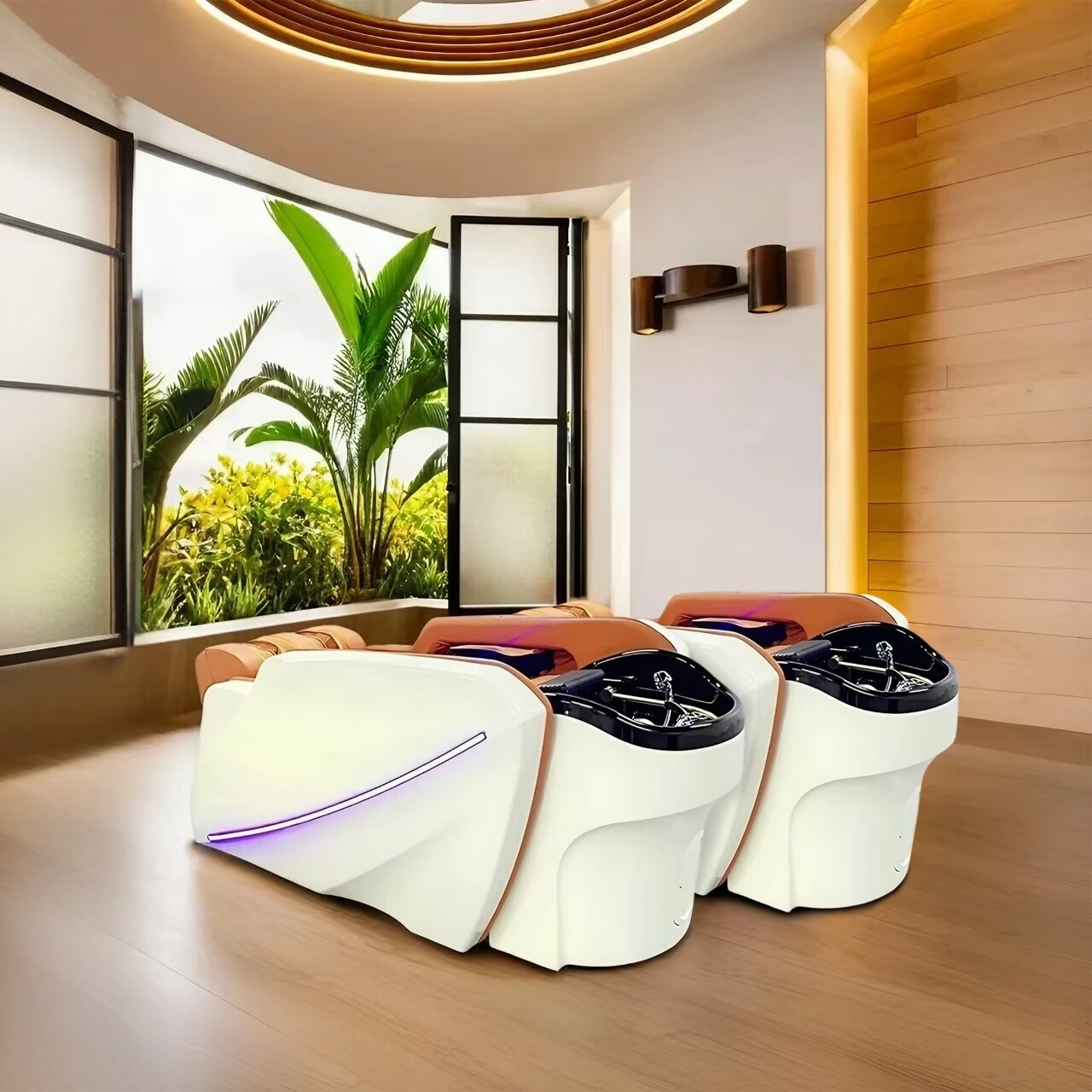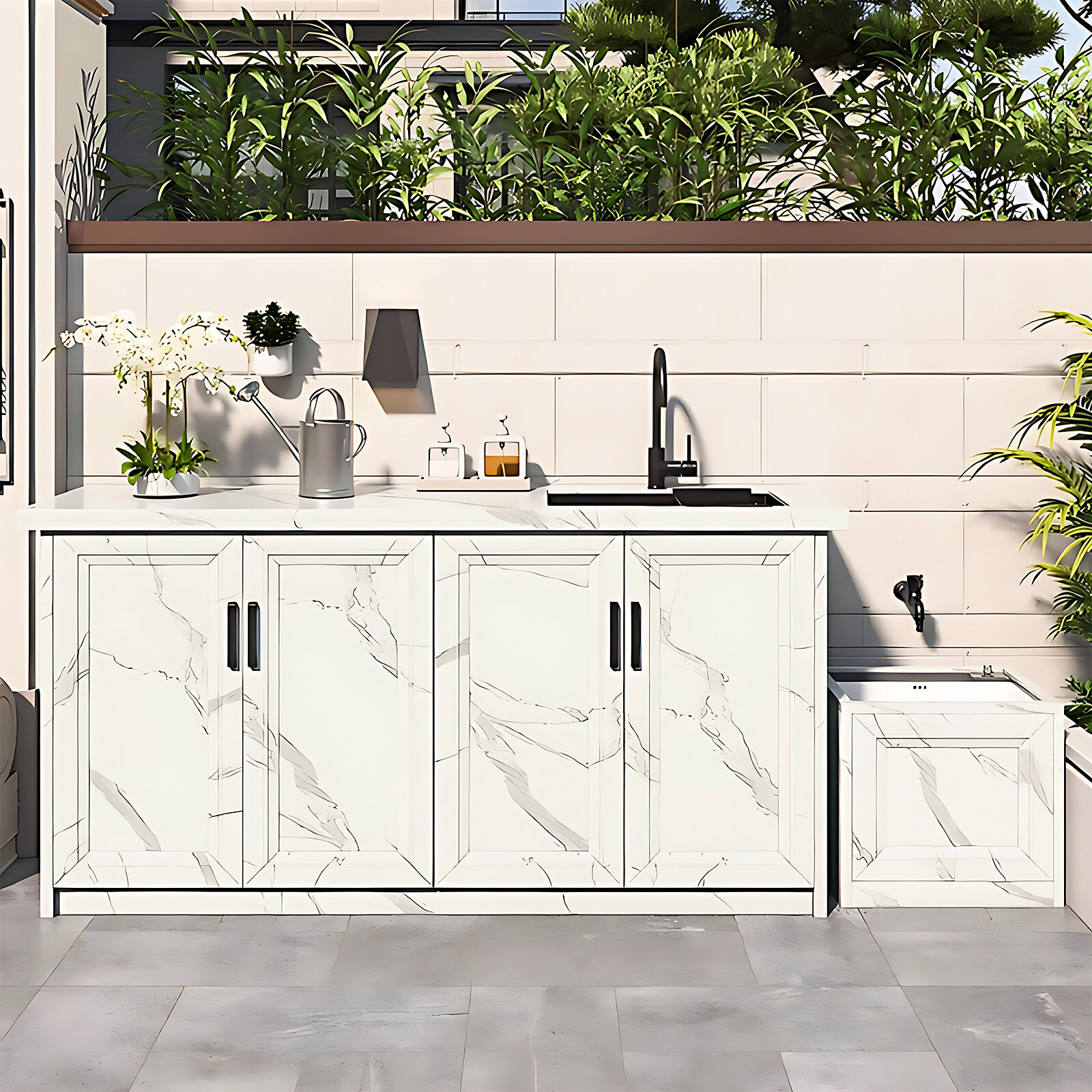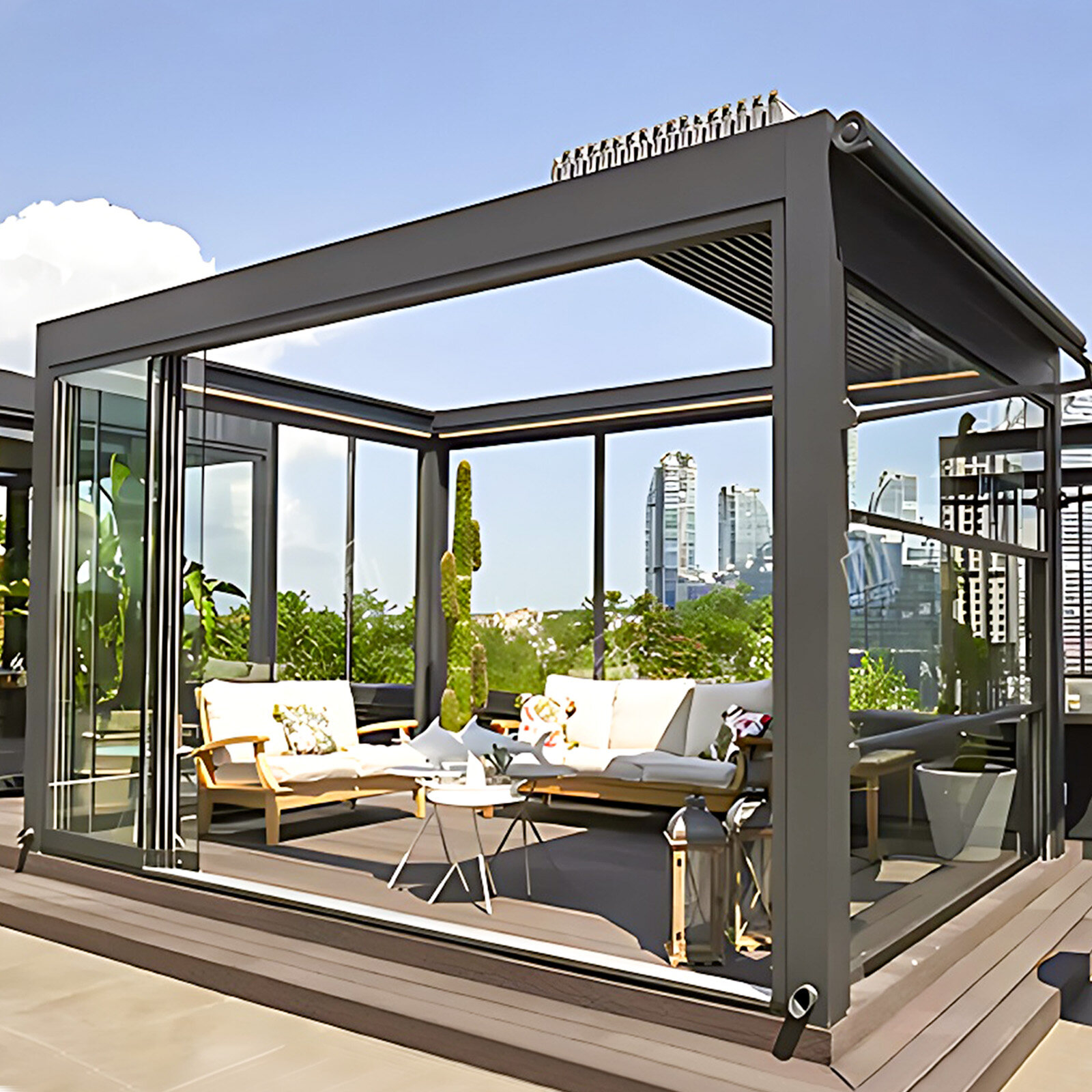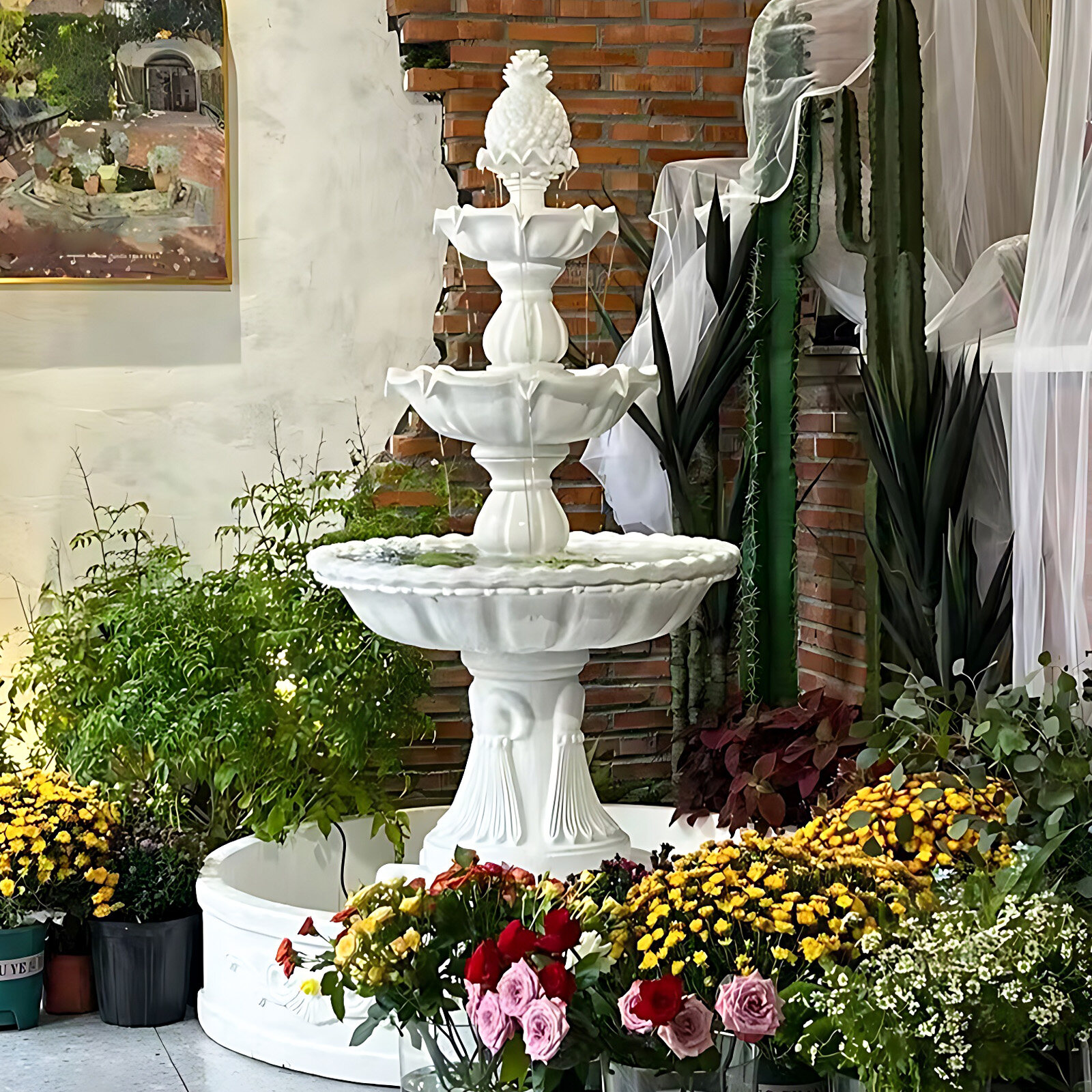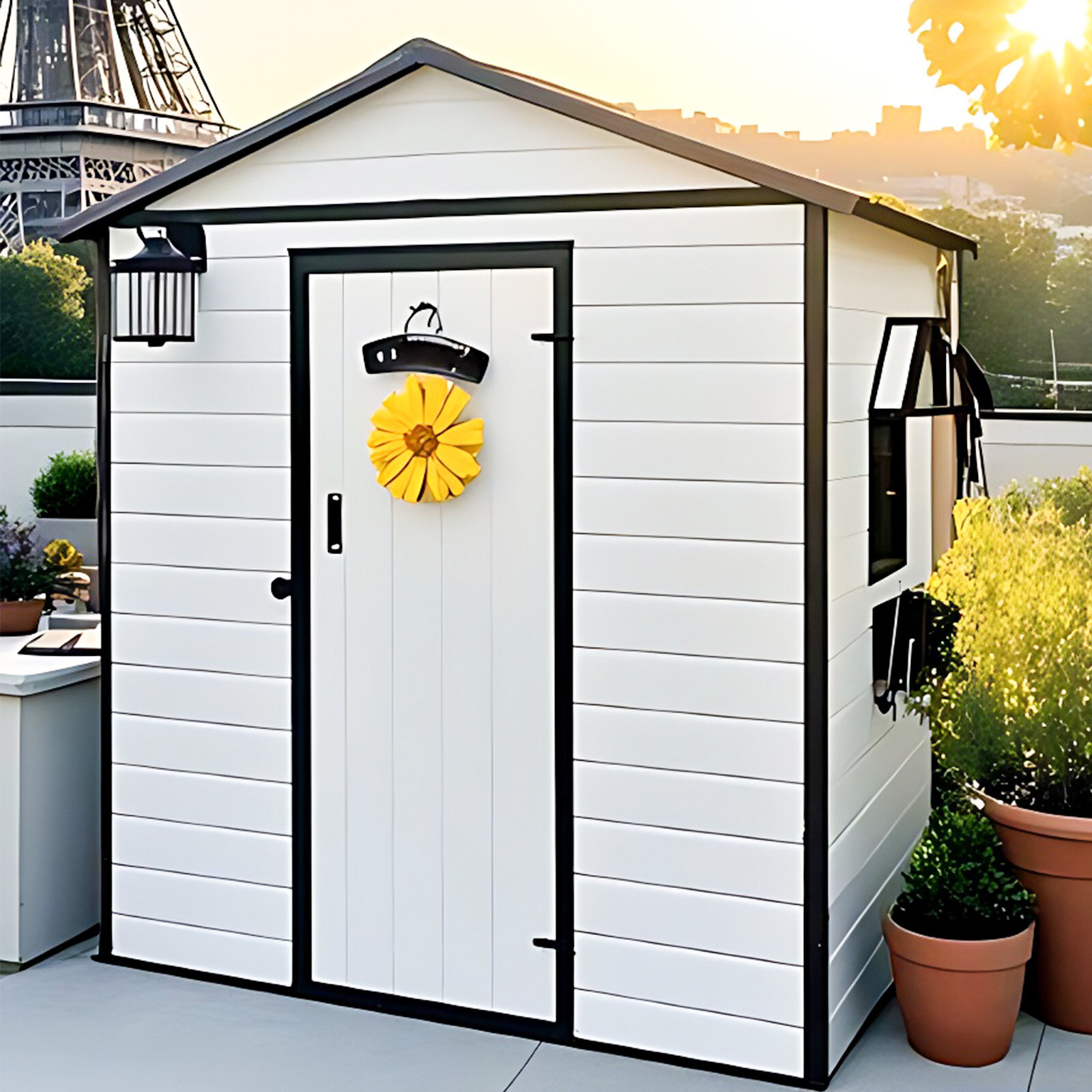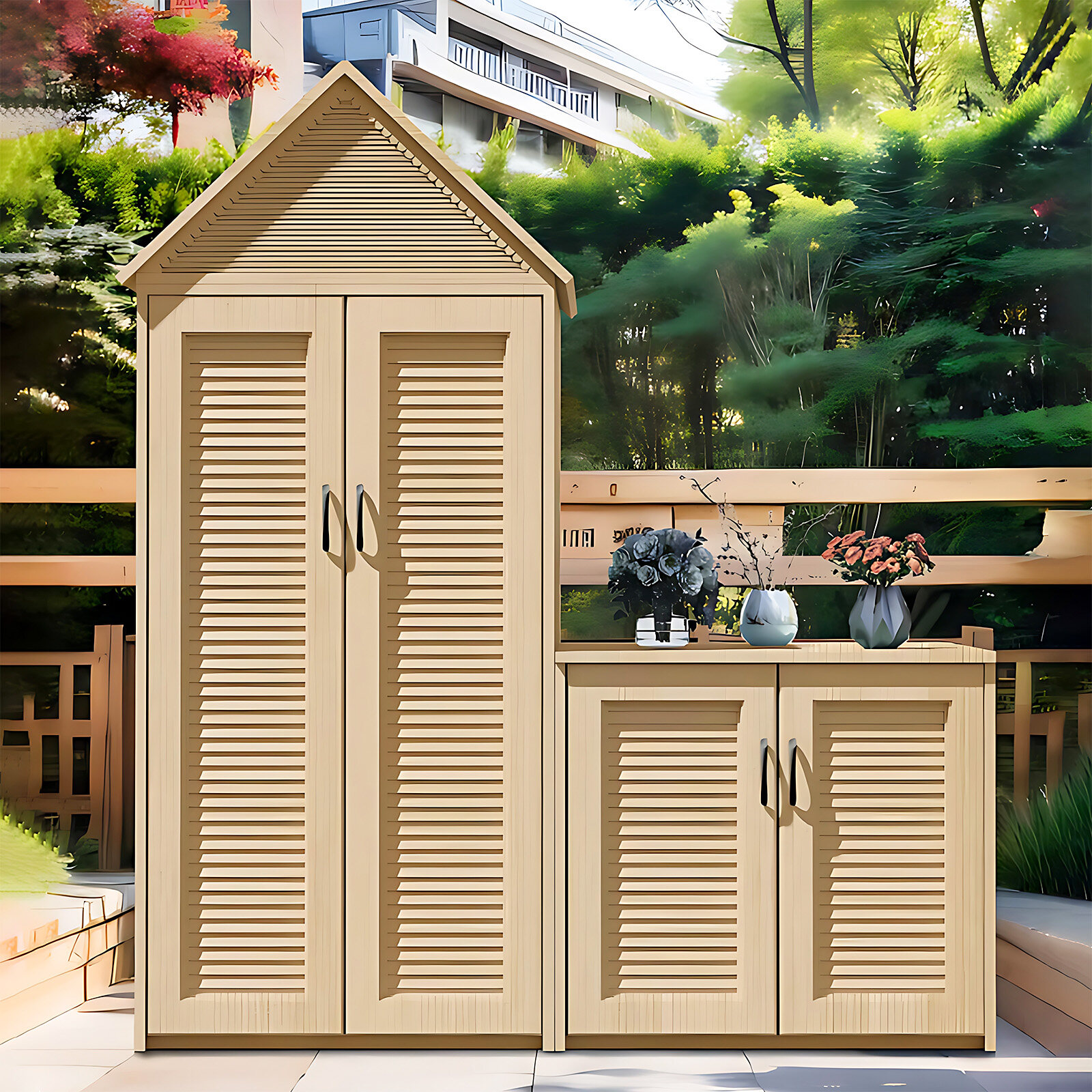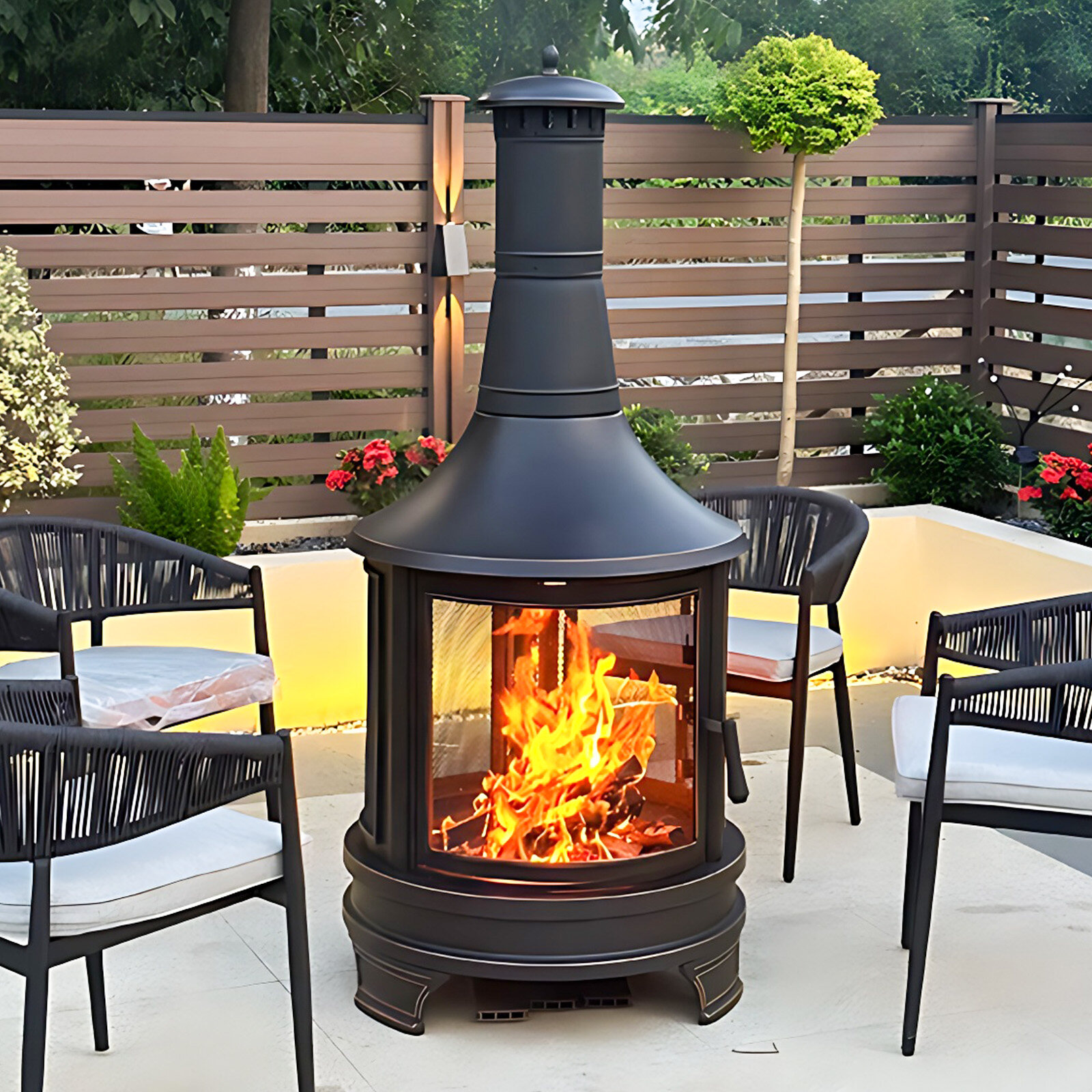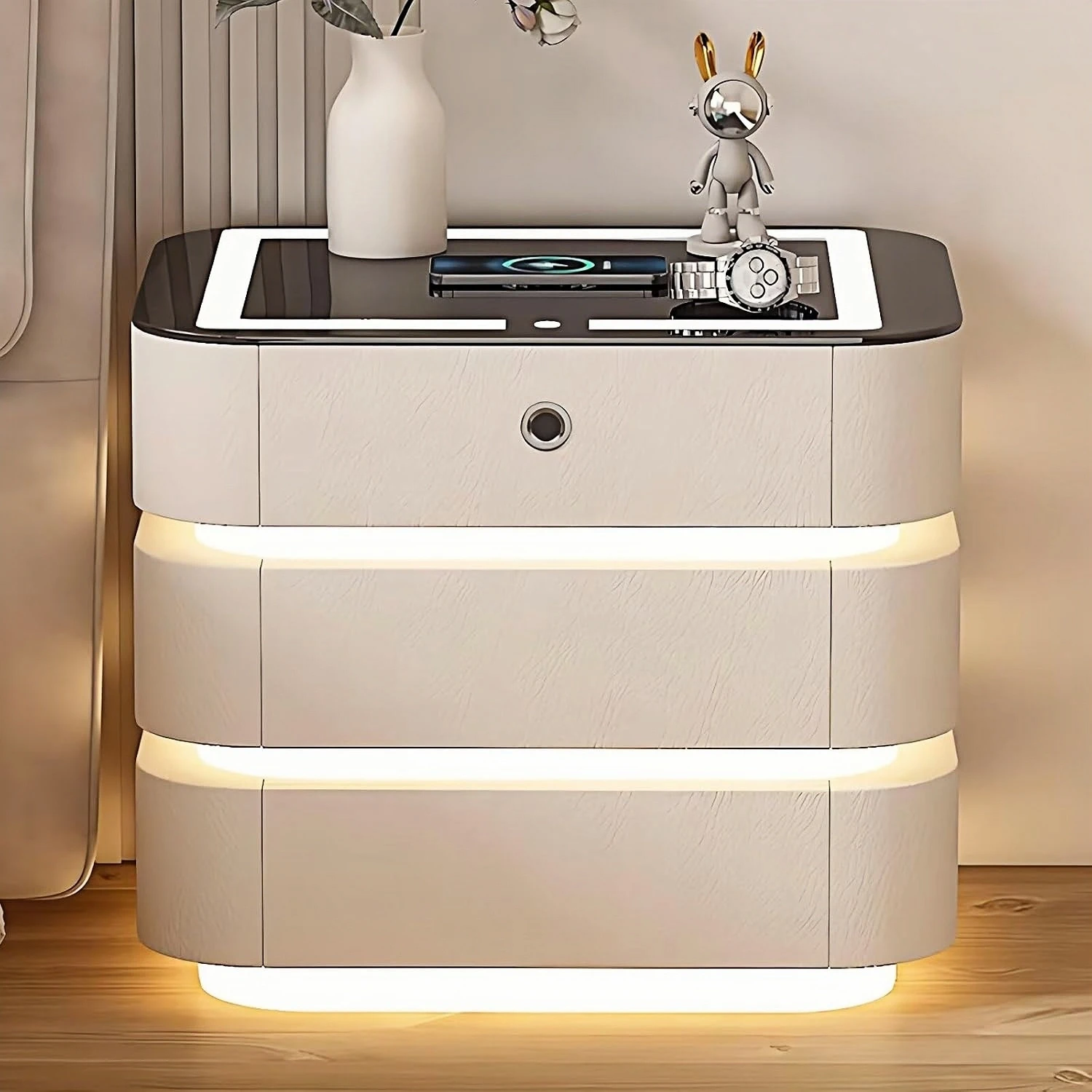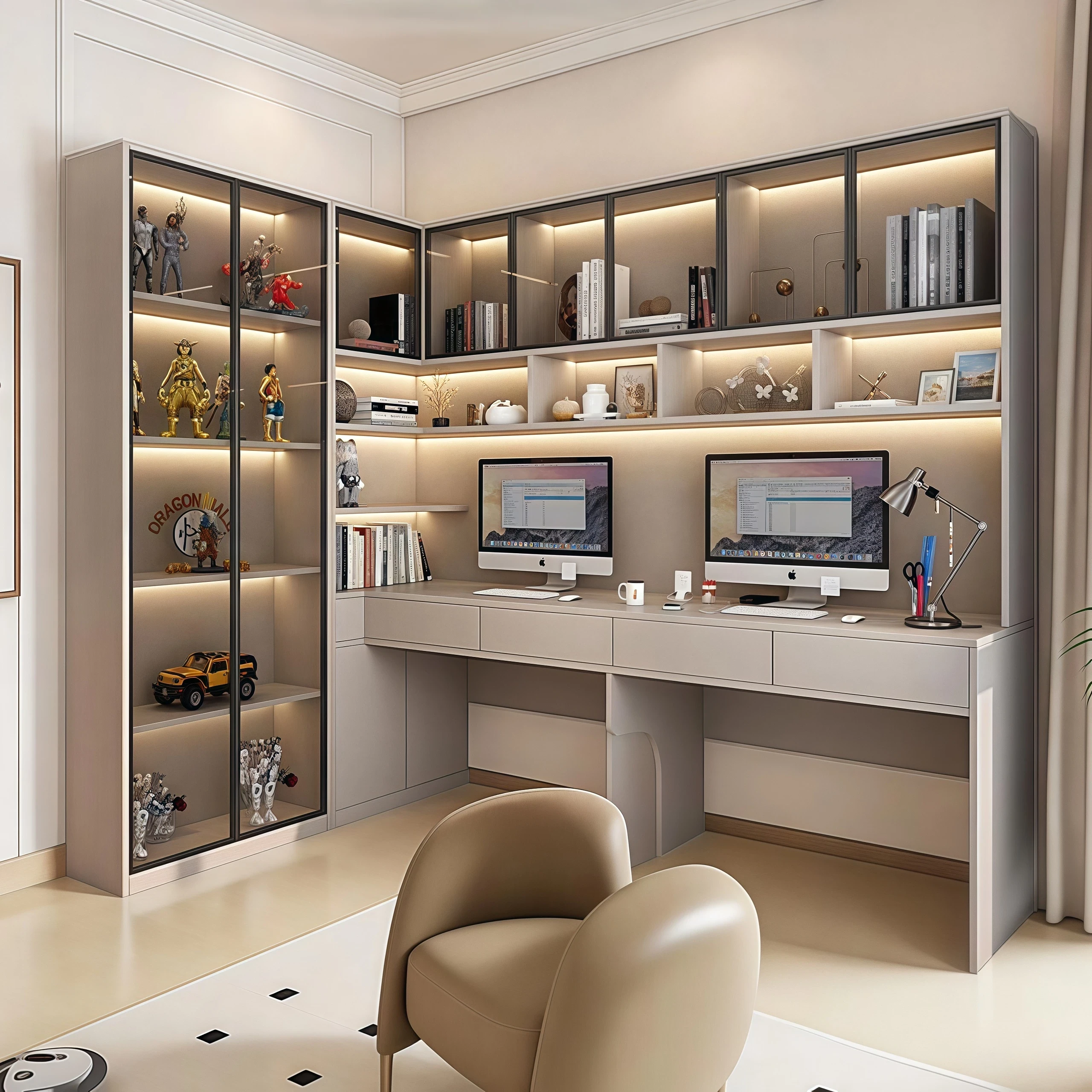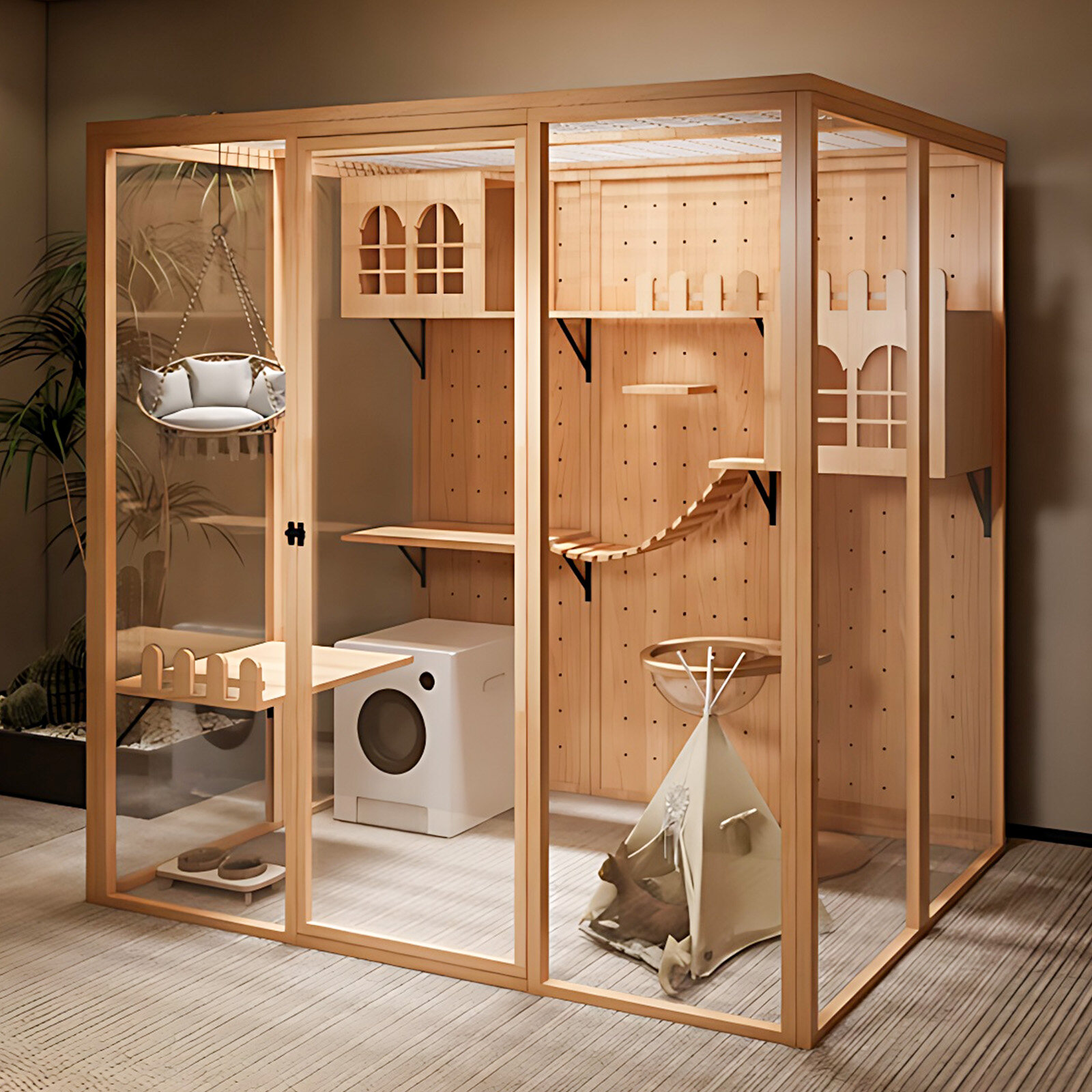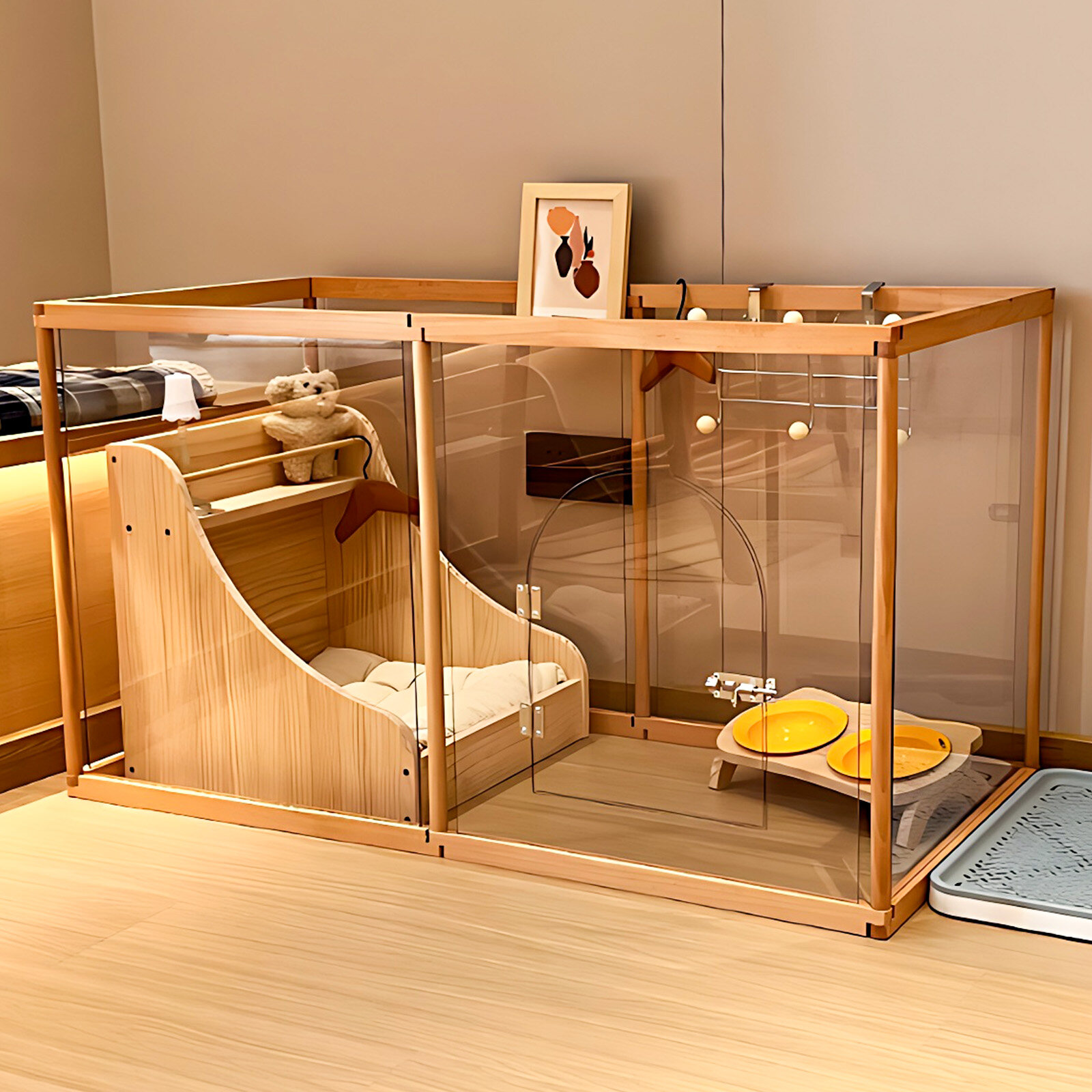Next, let's explore ten restaurant designs imbued with Chinese charm. These designs are all ingeniously crafted using traditional Chinese elements, and every detail is imbued with a profound sense of Chinese culture.
01
1. Exploring Chinese Restaurant Design
1.1 ▣ Huifeng Wanyun
Entering Huifeng Wanyun Restaurant, the first thing that strikes you is the rustic gray brick backdrop. This harmoniously complements the deep, quiet wooden tables and chairs, exuding a natural, unadorned beauty. The feature wall, meticulously adorned with the time-honored brick carvings of the Hui style, further enhances the elegant atmosphere of Hui culture.
1.2 ▣ Melbourne Chinese Restaurant
Melbourne Chinese Restaurant boasts a unique décor, blending traditional and modern design elements. The interior utilizes dark stone as a base material, complemented by oriental motifs and warm wood and concrete finishes, creating an ambiance that is both rustic and contemporary. In addition, the use of glass bricks cleverly brings in natural light, adding brightness and airiness to the entire space.
1.3 ▣ Jingzhaoyin
In the interior design of Jingzhaoyin Restaurant, we deeply respect the courtyard, a core element of traditional architecture. Through meticulous design, we skillfully create a contrast between the outdoor and indoor courtyards, creating a sense of layering and a sense of unity throughout the space. Furthermore, we draw inspiration from the courtyard and utilize classic materials such as wood, brick, and tile, aiming to achieve a harmonious symbiosis and perfect integration of tradition and modernity.
1.4 ▣ Long March Canteen
The interior design of the Long March Canteen was meticulously crafted by the professional German design team Ett La Benn. The designers skillfully incorporated numerous Chinese elements, striving to present guests with an authentically traditional Chinese restaurant.
1.5 ▣ Made in China
Located in Gothenburg, this "Made in China" restaurant, meticulously designed by Main Office, has captivated diners with its unique oriental cuisine. This restaurant is located in a historic area, once the cradle of the city's labor movement. Architect Axel Robach's skillful renovation has restored the restaurant's historic charm while also blending seamlessly with its surroundings.
1.6 ▣ Mr. Li's Beef Noodle House
Mr. Li's California Beef Noodle House's new look features a green hue, exuding a rich Chinese aesthetic and a stark contrast to the red-themed Mr. Li's previous locations. The designer's goal with this new restaurant is to narrate the unique journey of the Mr. Li brand—a journey that began in China, moved to Taiwan, then to the United States, and finally returned to China.
1.7 ▣ Mama's Wok
Upon entering Mama's Wok, you'll be captivated by its distinctive Chinese décor. The vermilion wooden window partitions complement the furniture, while the gray brick walls and unique birdcage lampshades add a touch of unique charm.
1.8 ▣ Haikou Hongzhou E'adry
Enter the Haikou Hongzhou E'adry Royal Garden Hotel and you'll be struck by its unique architectural style. Eschewing the Southeast Asian or Mediterranean styles common in Hainan, the hotel incorporates the essence of a Chinese imperial palace, exuding a unique charm. The hotel's meticulous layout and symmetrical design along its central axis highlight its ingenuity.
1.9 ▣ Italian Style with Chinese Elements
This Italian restaurant is instantly recognizable by its rich Chinese influences. Porcelain, a striking accent, not only cleverly balances the restaurant's warm tones but also creates a unique charm through the interplay of cool and warm tones. While the motifs depicting Chinese landscapes originate from paintings by foreigners of China during the Qing and Ming dynasties, their intricate patterns reveal a unique Western aesthetic. This ceramic art undoubtedly adds a unique cultural touch to the restaurant.

 USD
USD
 GBP
GBP
 EUR
EUR
